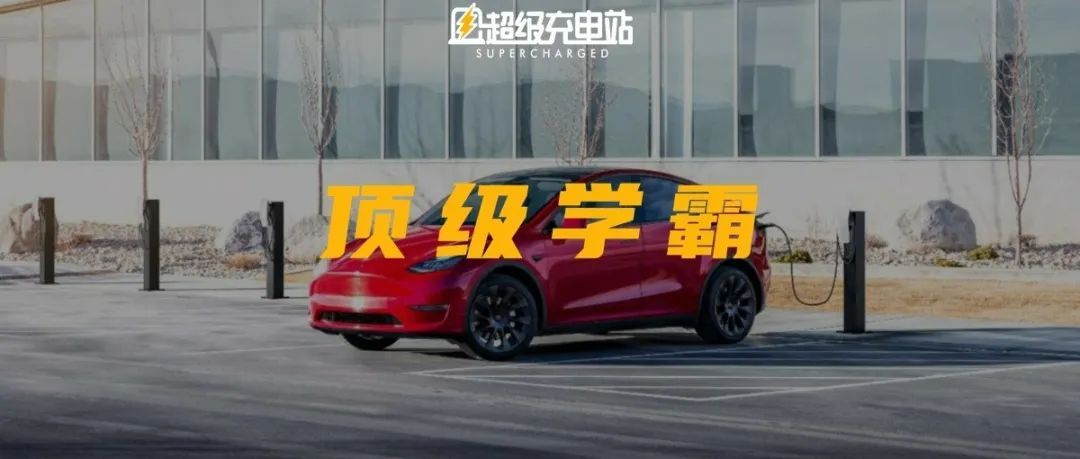Author: Chang Yan
As someone who admires top achievers, I have long had a way to identify them.
In their respective fields of study, they have extraordinary abilities, and in exams, they submit materials of stellar quality.
Many of us can barely catch up with their previous levels, as we watch them constantly surpass themselves without ever feeling satisfied.
Take a goddess like Tesla, for example.
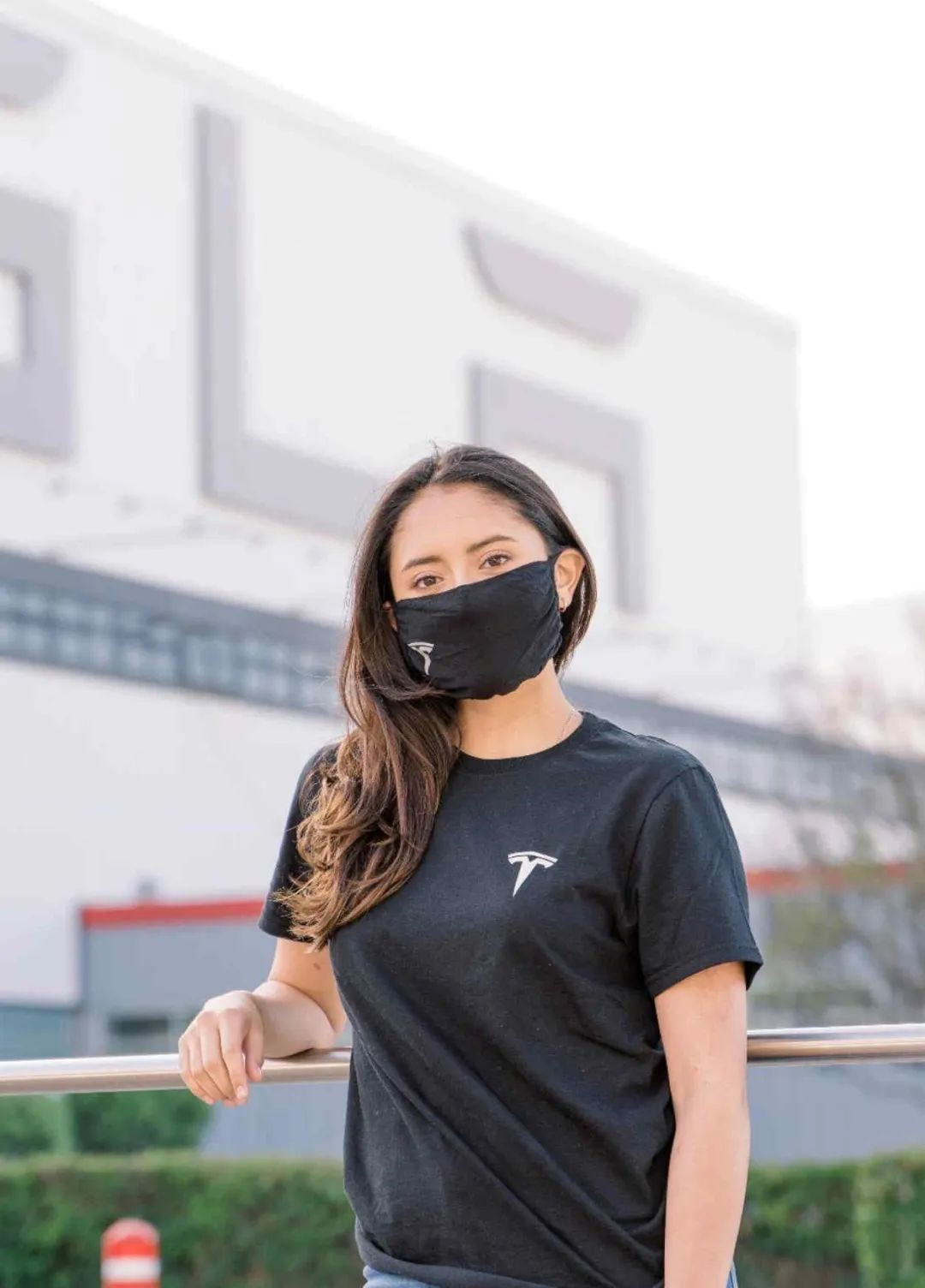
Each year, Tesla releases a “Impact Report” to the world, which can be understood as its annual summary and a prospectus for future work.
The supercharging station conducts an interpretation in sync each year. Last year, we discovered a small pattern: the report is thicker each year, and last year’s report of 94 pages was already impressive. This year, not only did they surpass the hundred-page mark, they went straight to 144 pages.

In movies and TV shows, there is often another “prejudice” against top achievers: these talented people always turn in their work early.
As it turns out, for the past three years, Tesla’s Impact Report has always been released in August. This time, it has broken conventions and was released more than a hundred days early.
How was this achieved?
People Are the Primary Driving Force
Generally speaking, when a company experiences such a rapid development, it is highly likely that there have been significant changes in its human resources.
This includes both quantitative expansion and qualitative improvement.
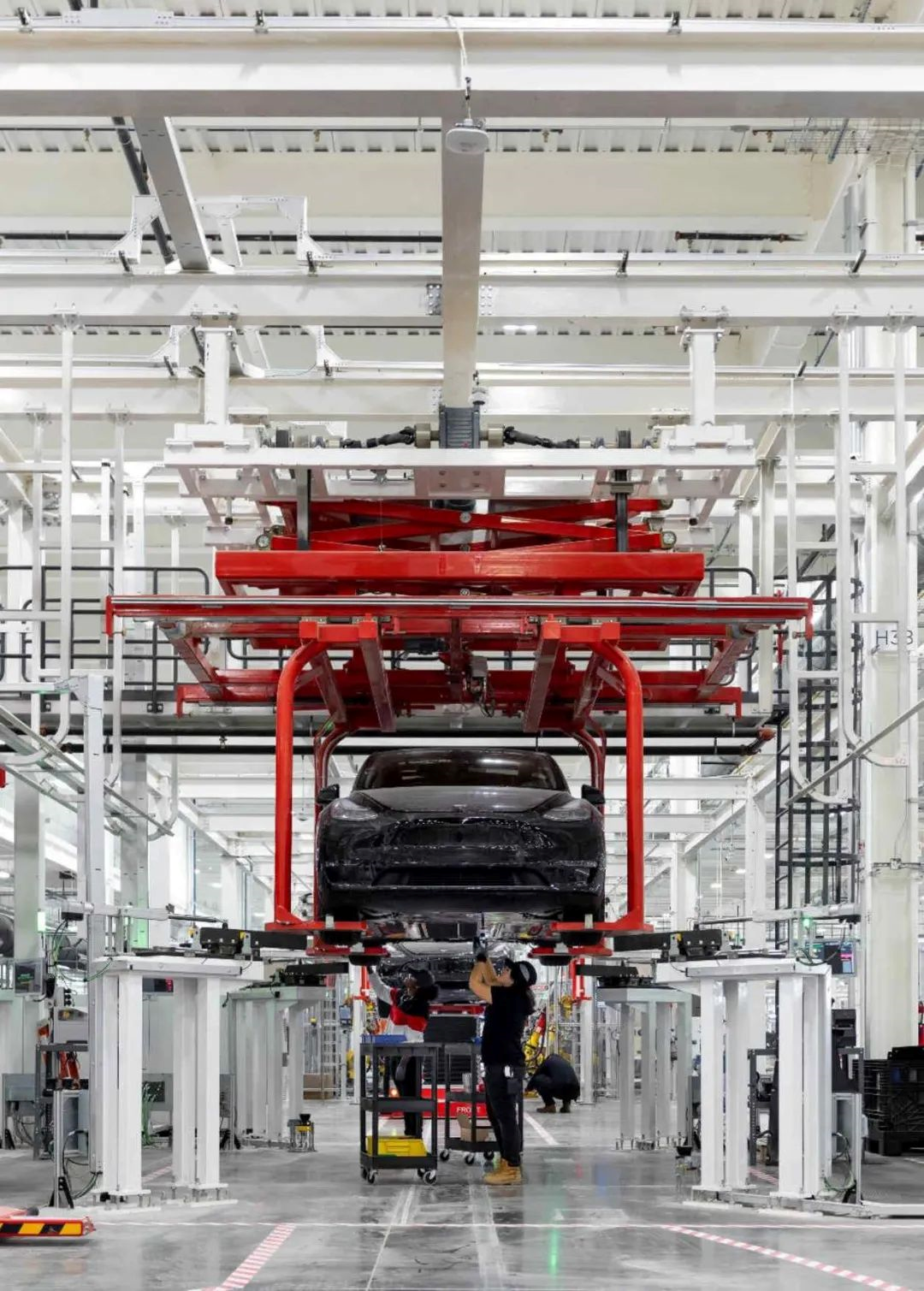
In the Impact Report, there is a discussion of the two-way achievements of Tesla and its employees, which is placed in a very prominent position.
Over the past ten years, Tesla’s global employee numbers have increased by 70 times.
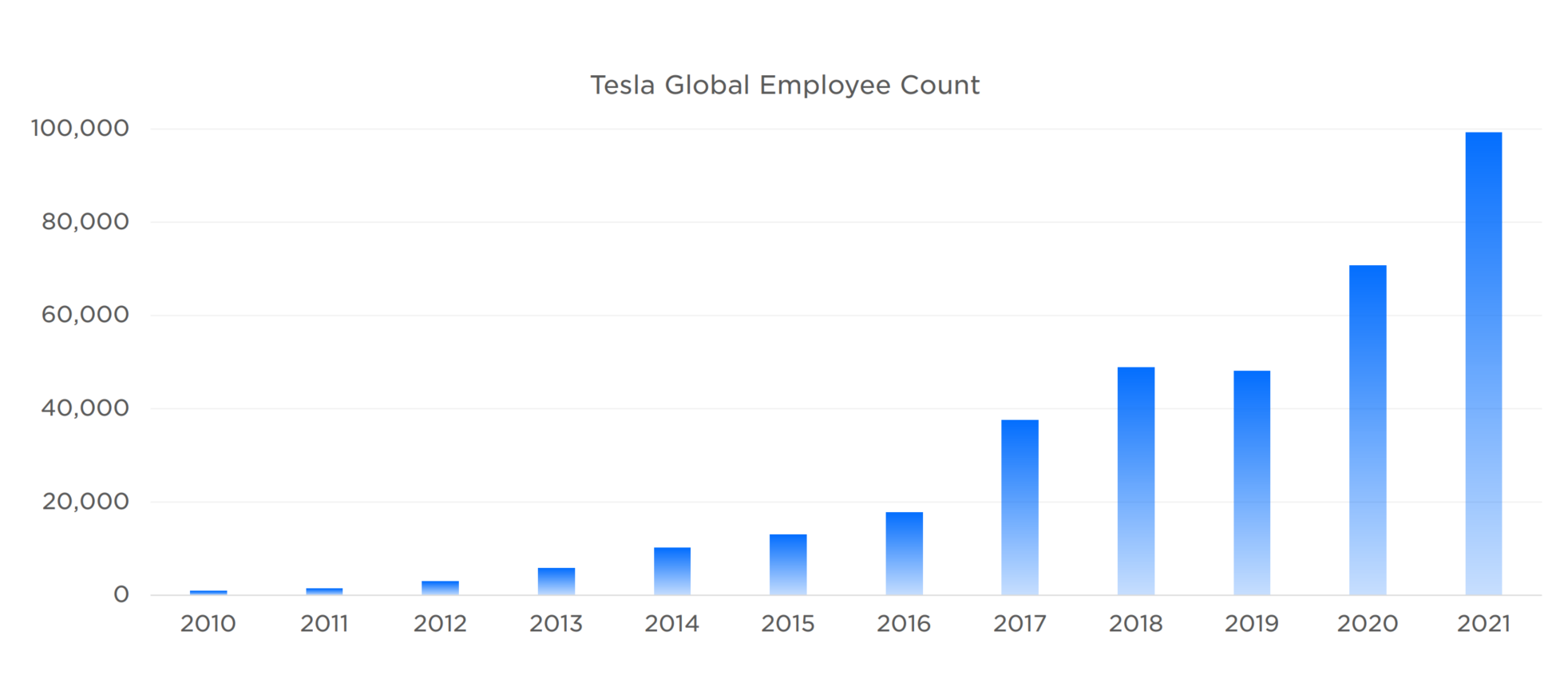
This corresponds to the addition of 100,000 jobs by Tesla in the past decade.
Even so, this is still a relative drop in the ocean compared to the number of people who want to work for Tesla.
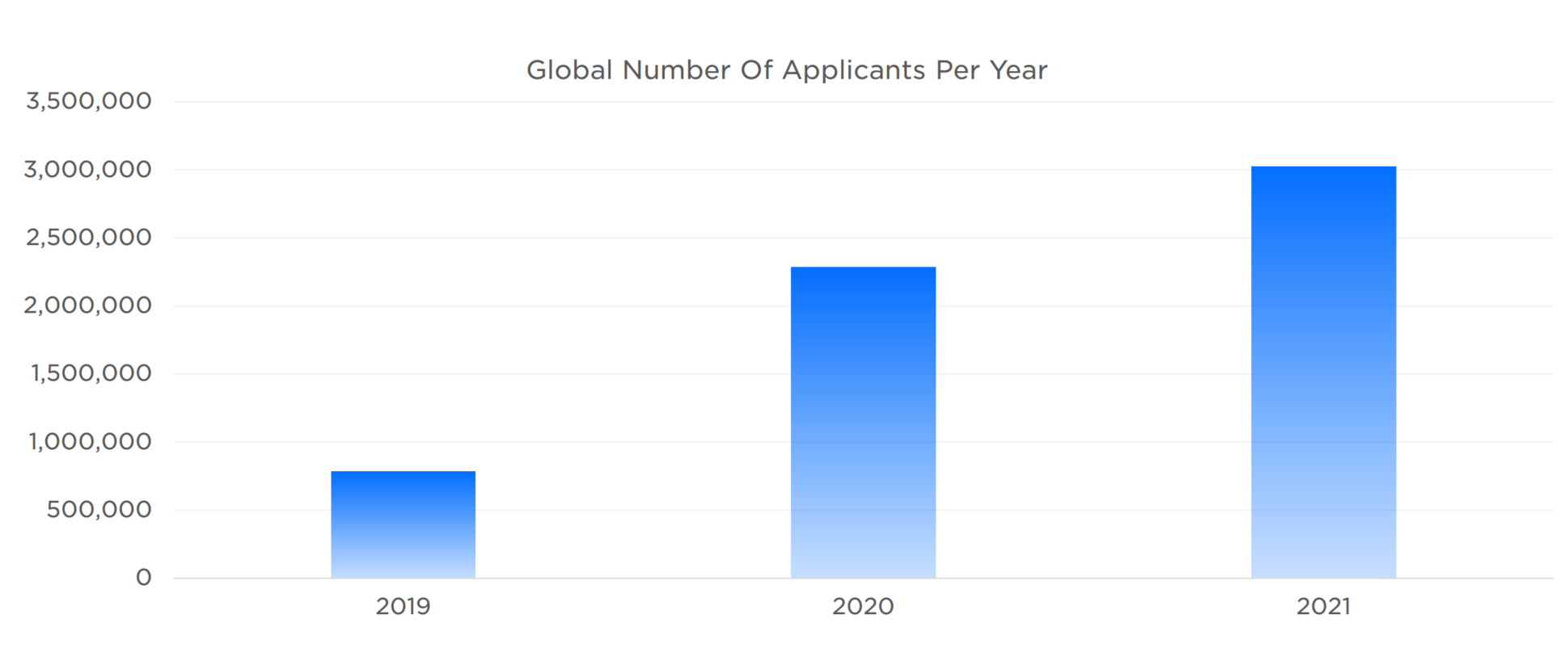 In just one year in 2021, Tesla received three million job applications, an increase from 2.25 million in 2020.
In just one year in 2021, Tesla received three million job applications, an increase from 2.25 million in 2020.
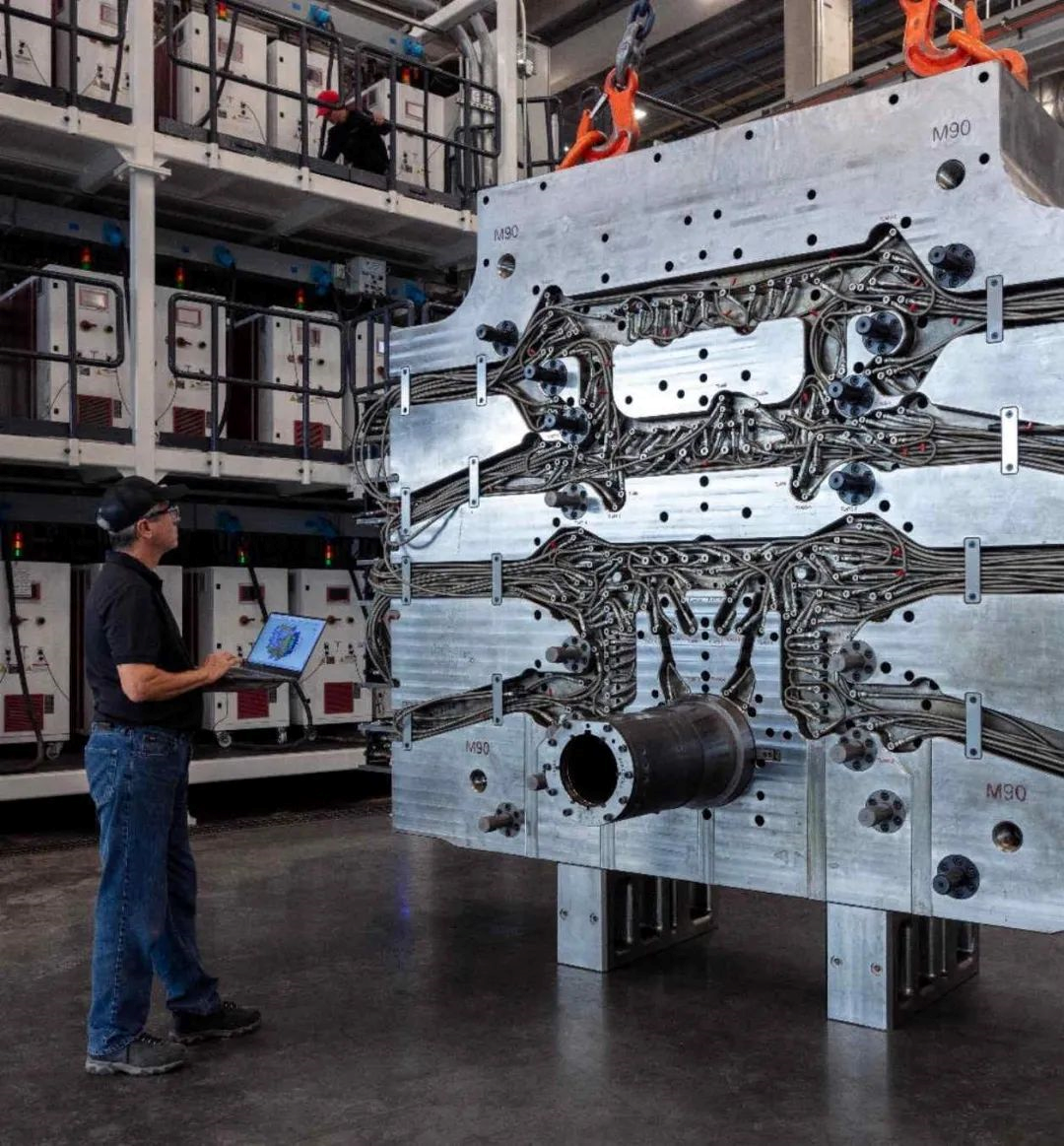
Tesla, however, does not just cater to the elite. Instead, it has a unique appeal to both white-collar and blue-collar workers, as illustrated in the impact report with two examples:
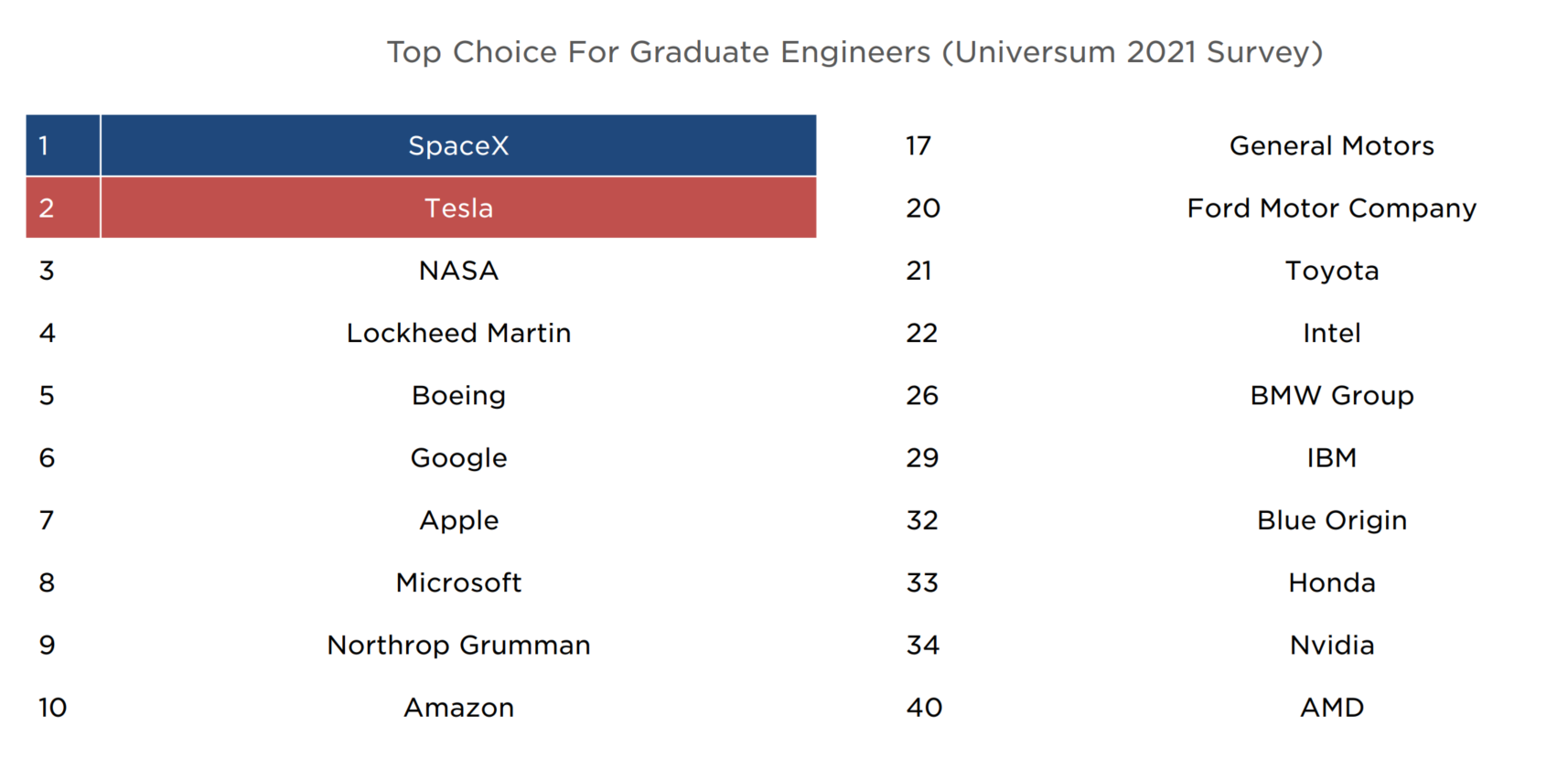
According to the Universum 2021 Ranking, SpaceX and Tesla are in the top two for engineering students. Tesla’s ability to create dreams has surpassed NASA, which used to represent the pinnacle of science fiction.
Tesla also emphasizes that you do not even need a university degree to work for the company. There is comprehensive and detailed onboarding training, and everyone in the manufacturing department has the potential to learn the job.
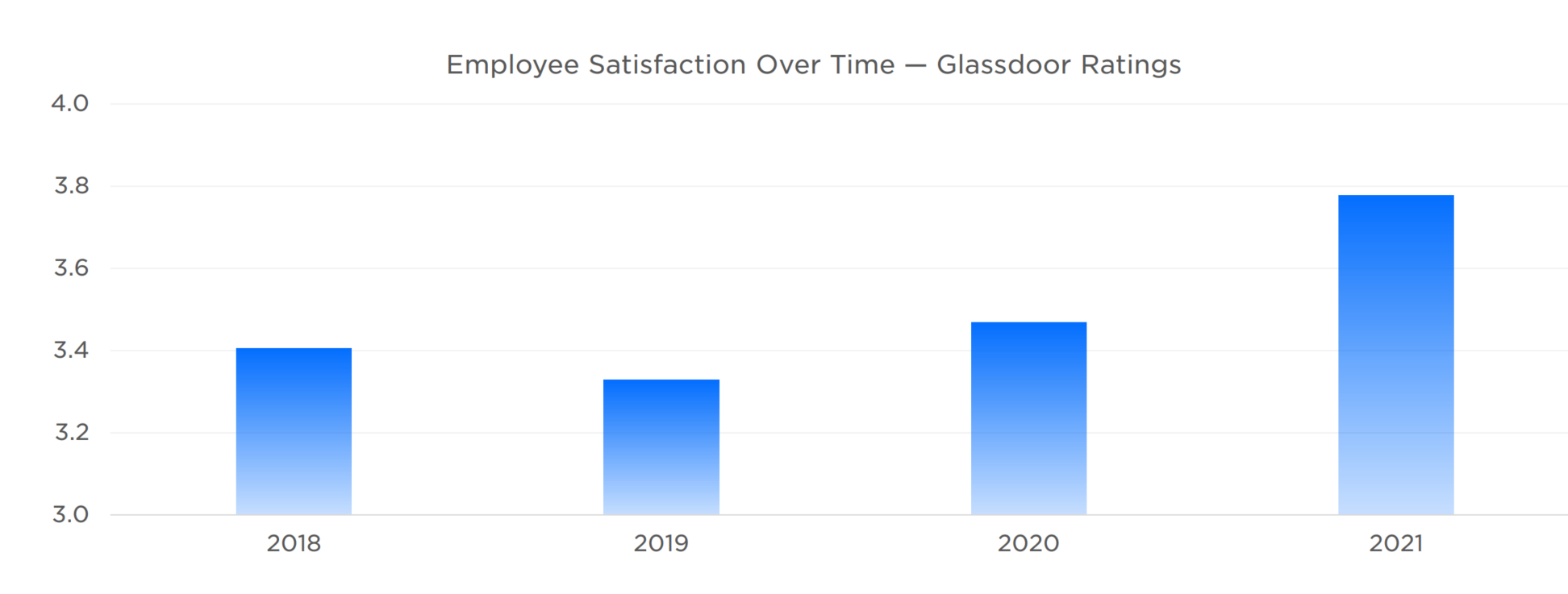
Tesla also noted that the continuous rise in the company’s stock price in the past decade has given employees a chance to participate in the company’s growth and reap the rewards. For example, if an employee received 320 shares of Tesla stock as a reward in 2018, they could sell 20 shares every quarter (four years) and earn additional income.
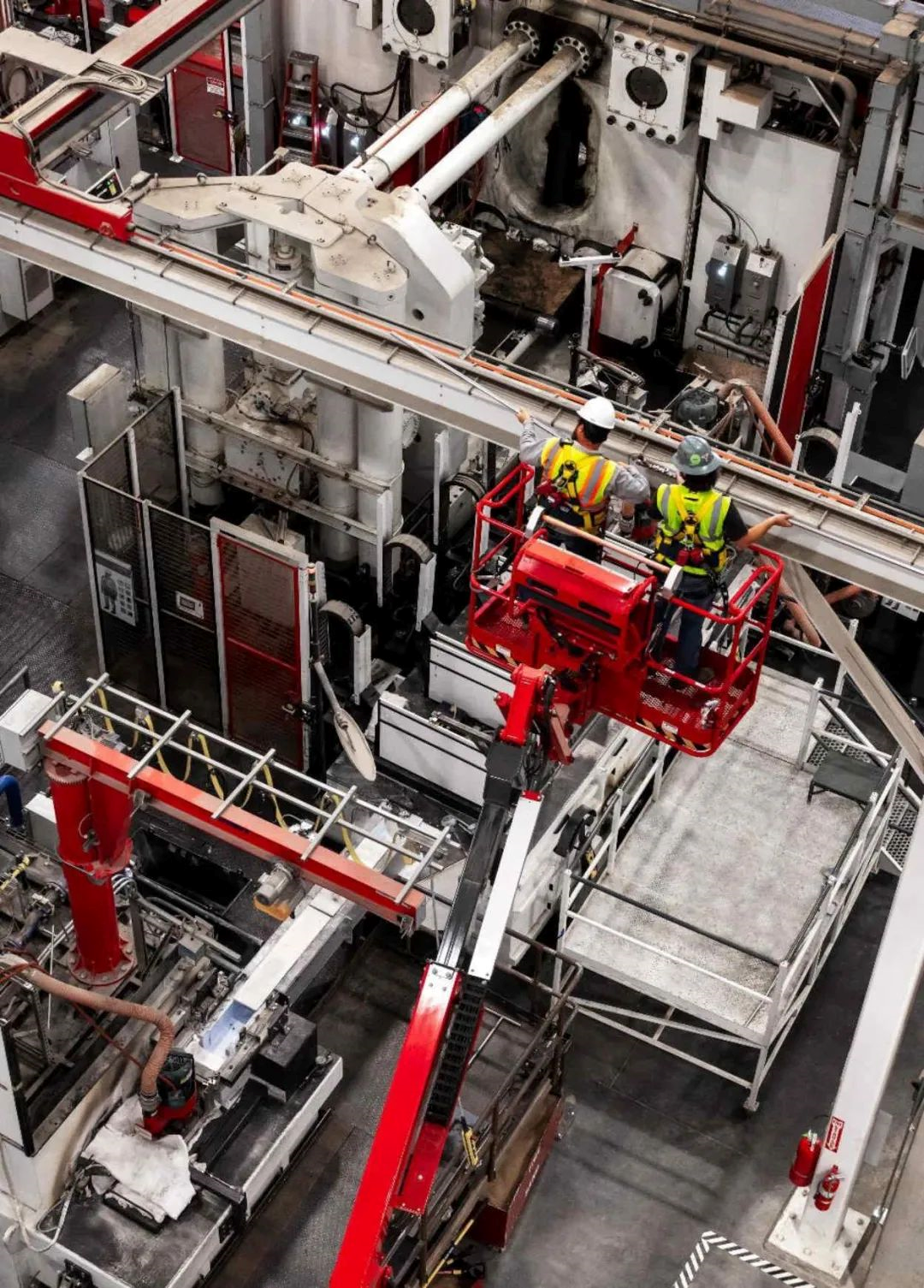
Excellent employees bring excellent returns to Tesla. For every 10,000 employees, the company generates a certain amount of economic benefits.

Moreover, Tesla also mentioned two interesting stories in the report: first, the company’s employees fully respect various genders, races, and orientations; second, Tesla is more inclined to promote from within the organization rather than recruiting leaders externally. In fact, 69% of the company’s management team have been promoted internally.
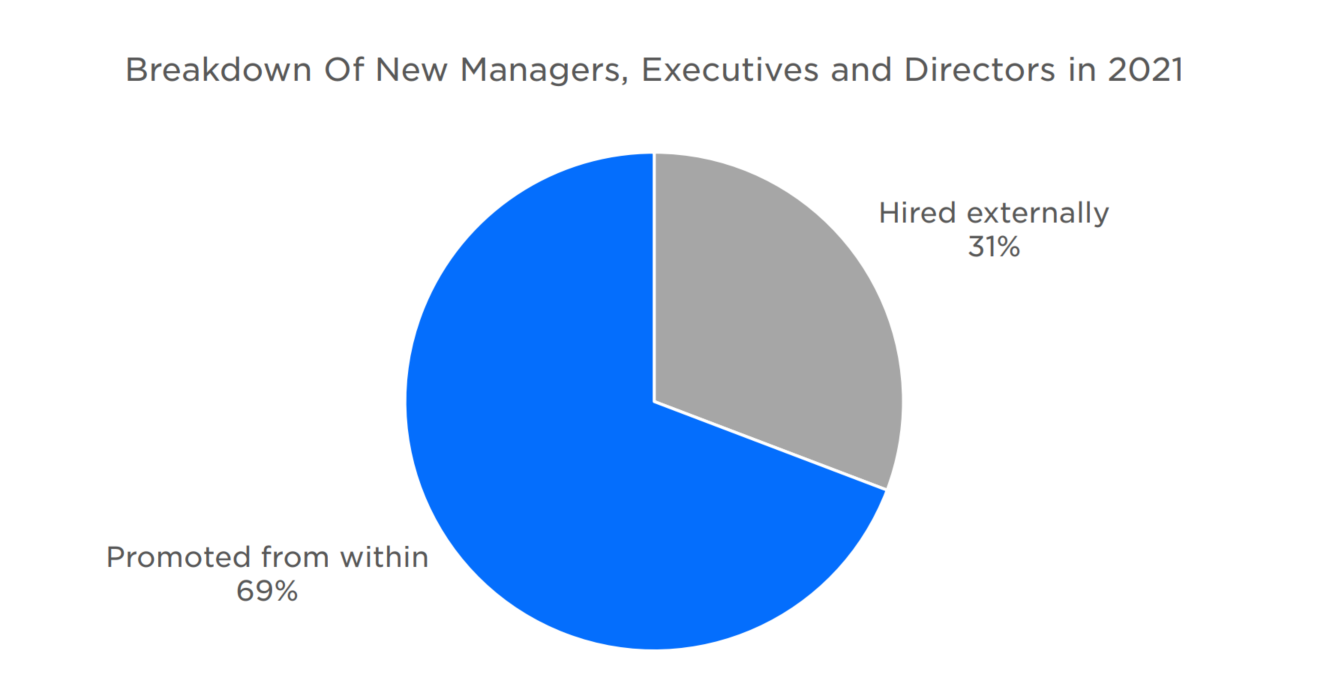
Looking to the future, Tesla’s logic is simple: “We need to recruit many more people.”
What’s the point of recruiting?
Do You Think 20 Million Cars Are Built for Your Amusement?
Last year, Tesla stated in its impact report that it aims to achieve the goal of delivering 20 million vehicles annually by 2030.
At that time, Tesla’s annual delivery volume was only 500,000, which seemed like a fantasy.
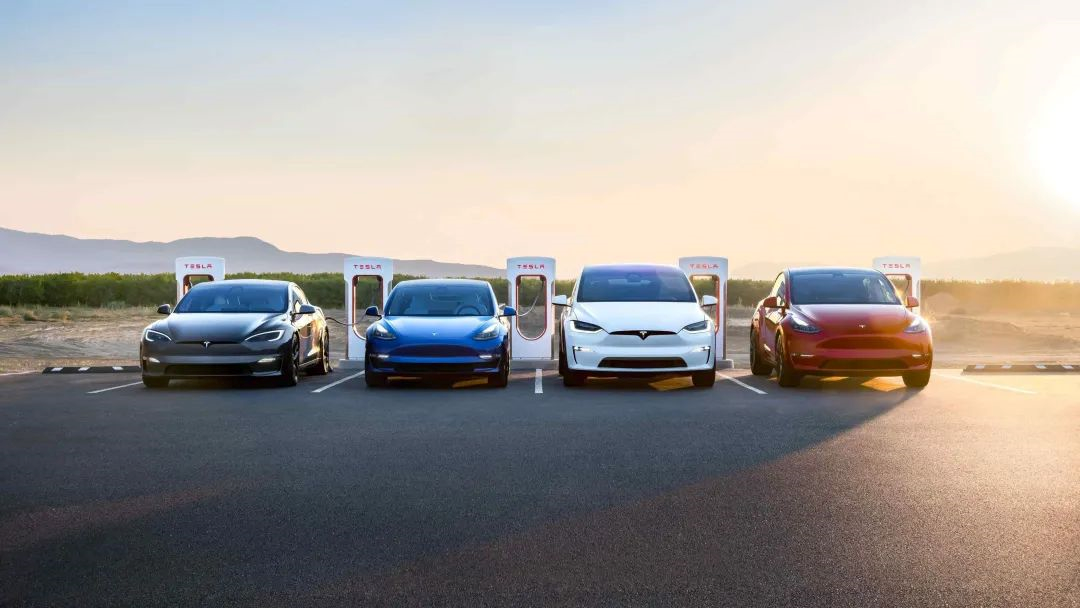
Just a year later, the annual delivery volume has skyrocketed to nearly 940,000. If you ever heard the story of a king and a farmer playing chess with wheat grains in your childhood, you would understand how fast the growth rate is.
To produce so many cars, more factories and workers are needed. The important reason for the unlimited scalability is environmental responsibility.
The first page of the impact report reads: “In 2021, our customers reduced their carbon dioxide emissions by 8.4 million tons.”
In Tesla’s view, the transport and energy sectors are some of the biggest emitters of greenhouse gases. The reason to consider these sectors systemically is that energy conservation and emission reduction cannot be achieved by simply focusing on the car end.
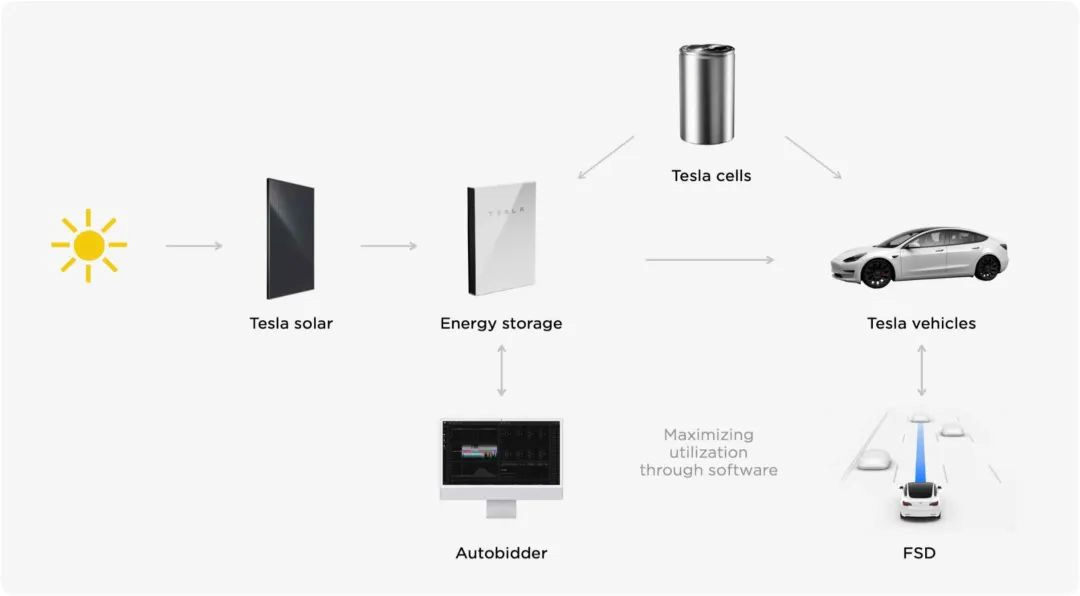
Even for electric cars, a large amount of carbon emissions are produced during manufacturing and charging. Therefore, when comparing the emission reduction value of pure electric and fuel cars, a complete ecological system perspective must be provided.
Tesla specifically pointed out that Model 3/Y still has the best energy consumption performance among pure electric cars in the US market, meaning lower energy consumption during a single car usage cycle.
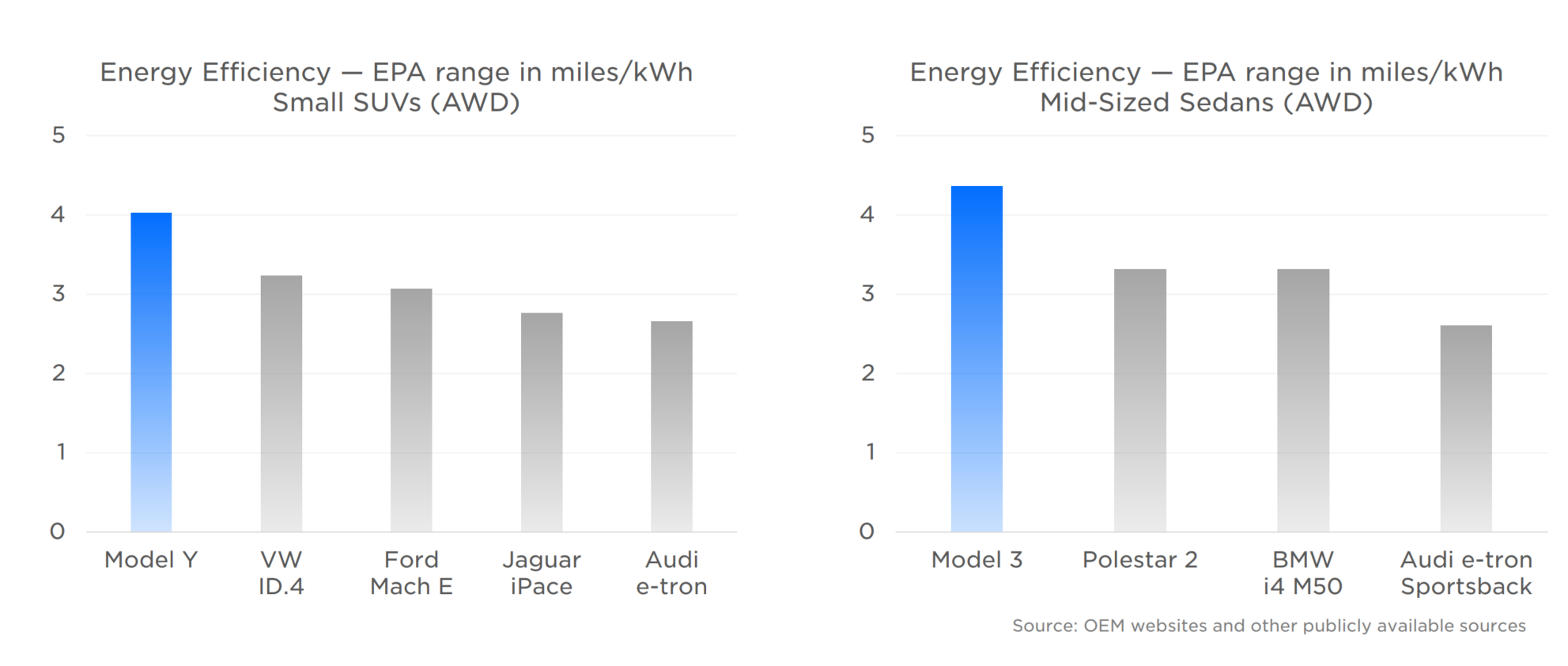
Oh, right, last year we criticized Tesla for the low-level mistake of counting the Audi e-tron Sportback as a sedan, but this year it still appears in the same position; maybe the ad space was sold to Audi.
Due to the energy consumption problem in the manufacturing process, the emissions of producing Model 3/Y still surpass those of fuel cars. However, this disadvantage will be reversed as electric vehicles travel longer distances.
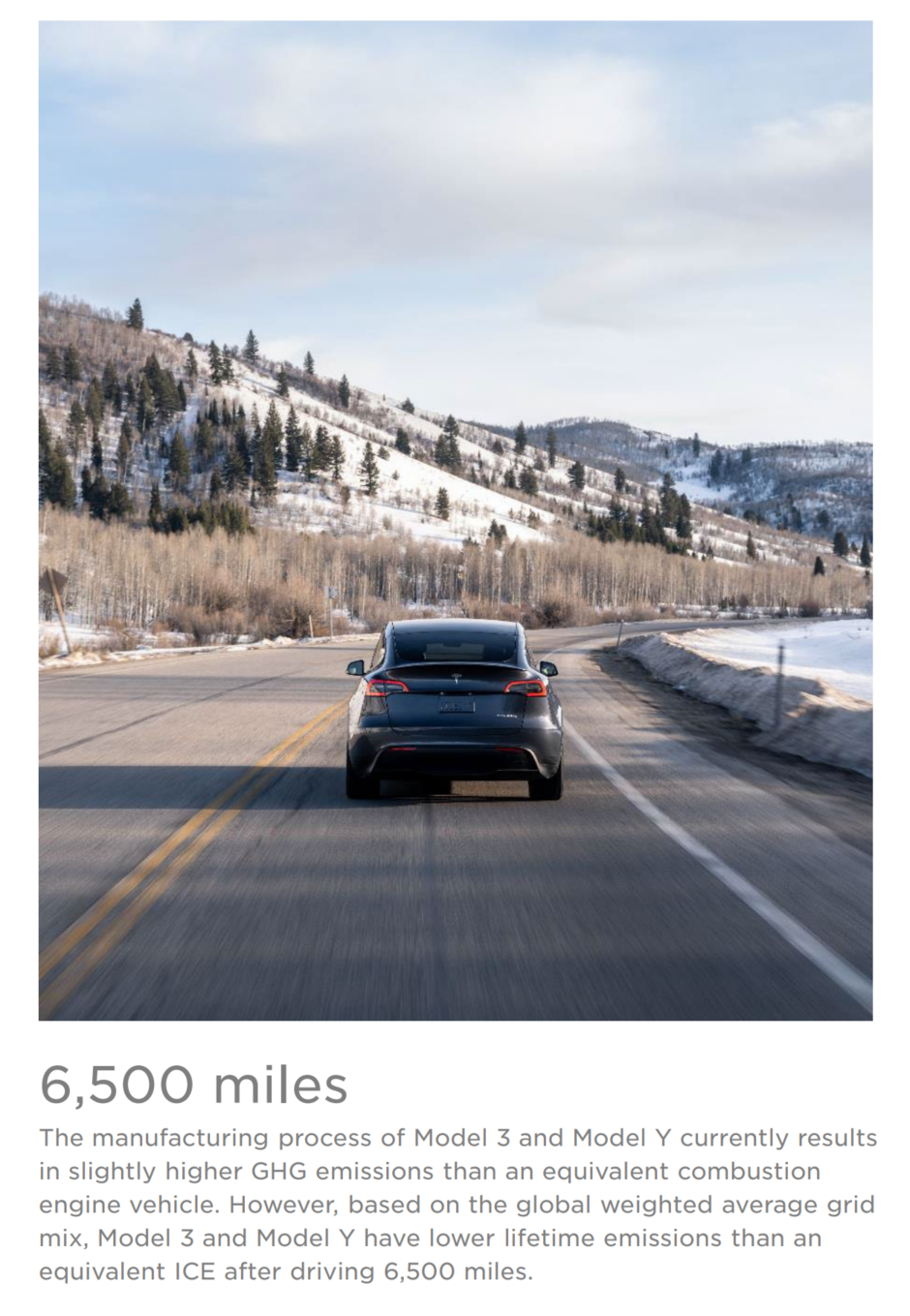 Tesla claims that if a Model 3/Y travels over 6500 miles (10400 kilometers) during its lifecycle, its carbon emissions will be lower than those of a comparable gasoline-powered car.
Tesla claims that if a Model 3/Y travels over 6500 miles (10400 kilometers) during its lifecycle, its carbon emissions will be lower than those of a comparable gasoline-powered car.
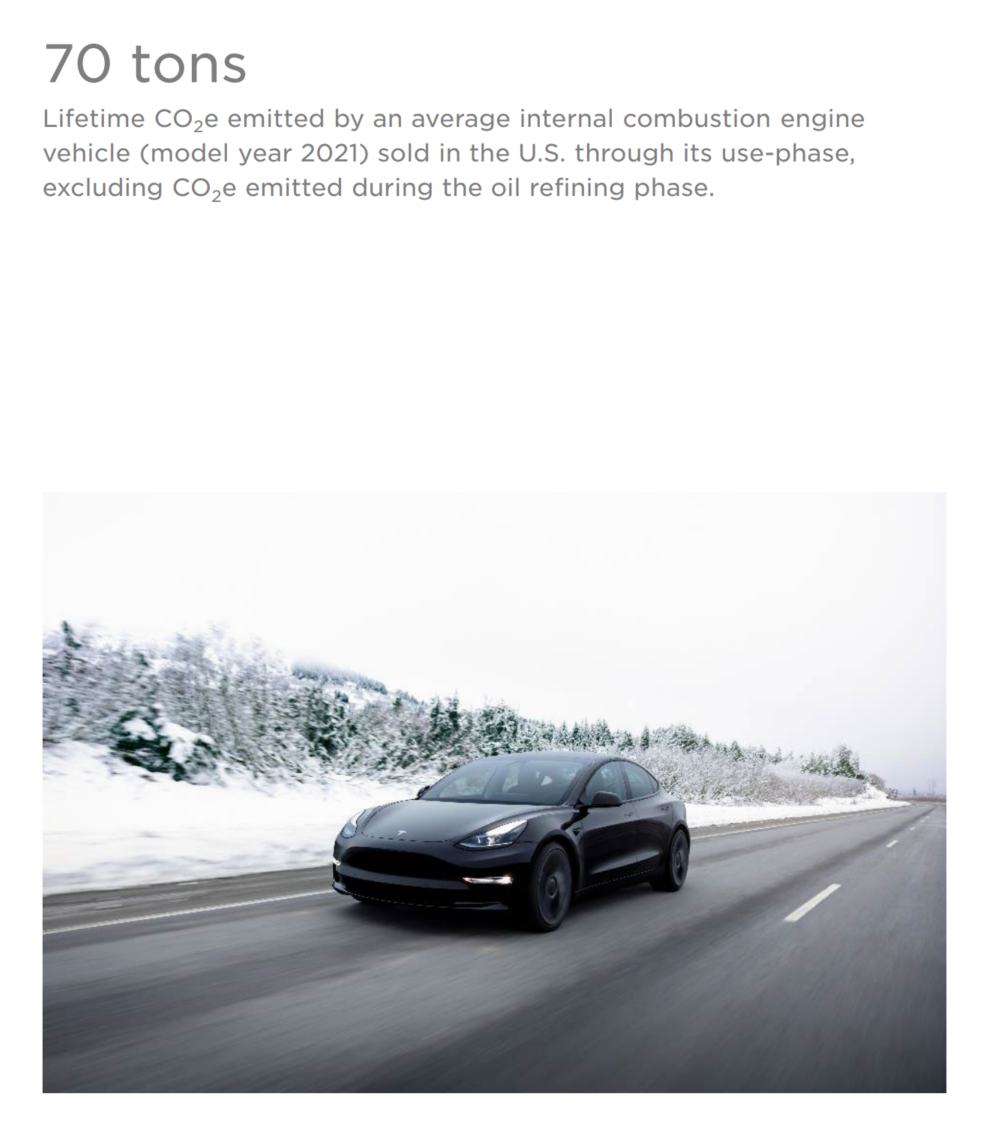
It is worth noting that if you compare this year’s report to last year’s, you will find that Tesla’s data has increased from 5340 miles (8544 kilometers) to 6500 miles (10400 kilometers), indicating that it is becoming more difficult for a Tesla vehicle to outperform a gasoline-powered car in terms of emissions. This may be due to the fact that the average emissions of gasoline cars are also decreasing, or it may be due to the challenge faced by Tesla’s production supply chain this year, leading to more stages in the process.
However, it is precisely this “self-retrogression” that makes us more convinced of the data and opinions presented.
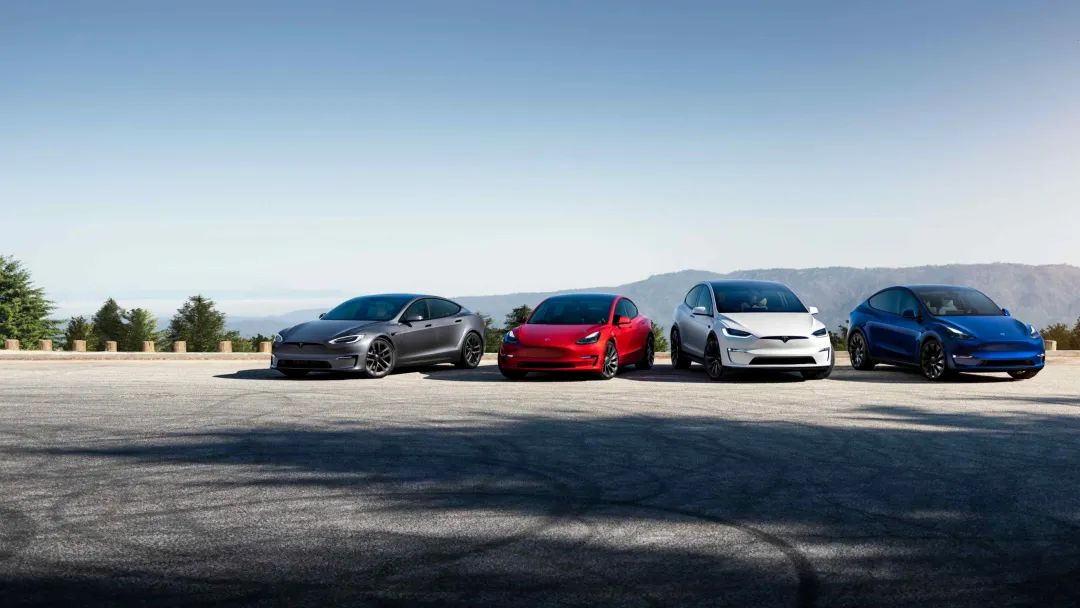
One Tesla vehicle outperforming a gasoline car is not significant, but the cumulative effect of so many vehicles is formidable. The average lifecycle emissions of Tesla electric vehicles are much lower than those of gasoline cars. As the power grid becomes cleaner, this advantage will become even more significant, while gasoline cars will not.
In order to achieve this grand goal, Tesla has discussed five combined strategies:
- Build new factories with better designs and efficiency, with Fremont and Shanghai factories as examples, reducing the energy required to produce a new car by 17%.

- Cover factory rooftops with solar panels. In 2021, Tesla’s rooftops were covered by 21405kW of solar panels, and Tesla proudly announced that in the past decade, the clean energy generated by our solar panels has been enough to power every Tesla factory and car at the time —— something I truly could not have imagined.
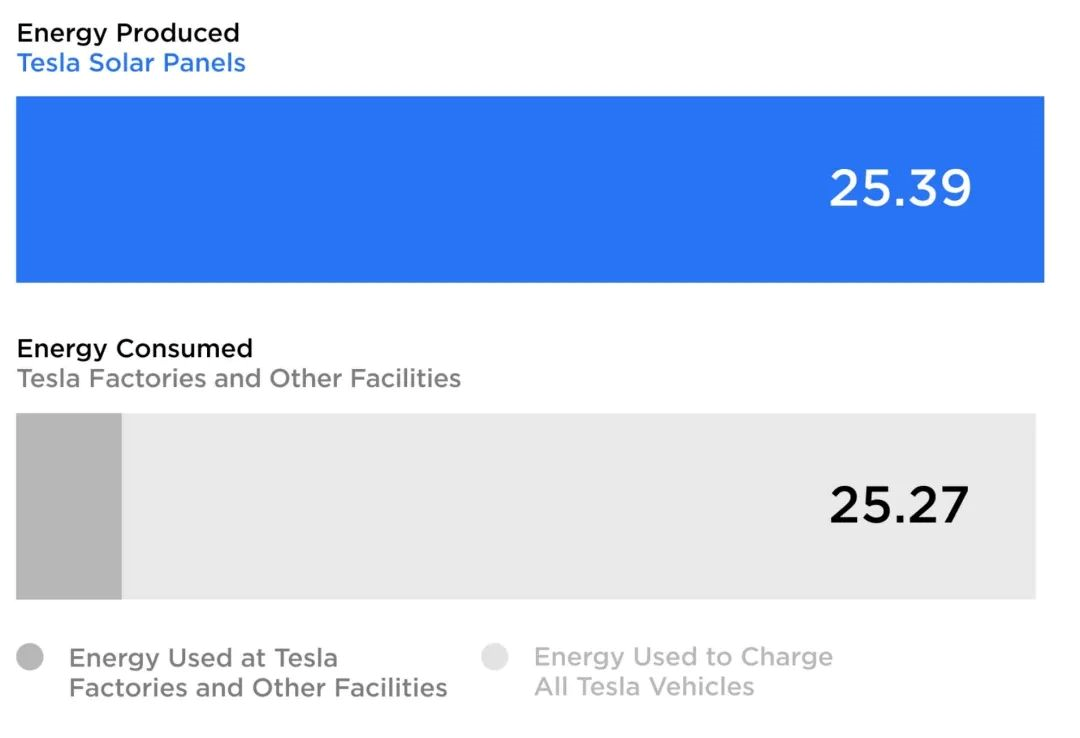
-
Use artificial intelligence to improve energy efficiency. Tesla cited the example of Gigafactory 1, where they accumulated six years of data at the Nevada plant to train an AI, which was then used to control the air conditioning system’s 195 nodes, saving a large amount of energy.
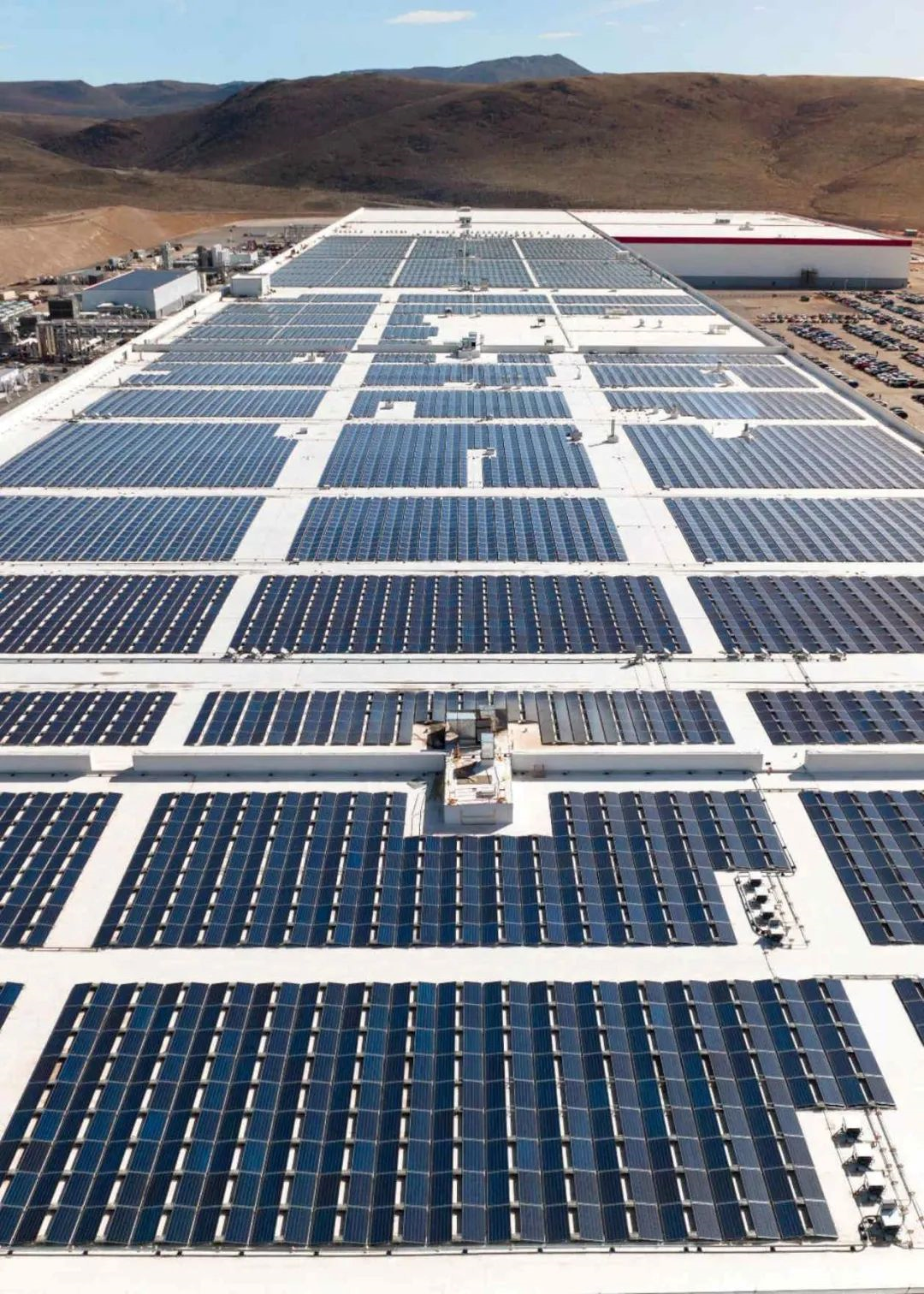
-
By upgrading the battery to the self-produced 4680 battery, a maximum of 70% energy can be saved in this single link. The optimization effect mainly comes from the improvement of production technology and the reduction of links.

- Use renewable energy as much as possible in various links. There is another data that I haven’t thought of, which is the amount of energy provided by Tesla’s global supercharging in 2021, which can be considered 100% green and clean energy. In addition, the global supercharging network of Tesla was working normally for 99.96% of the entire 2021.
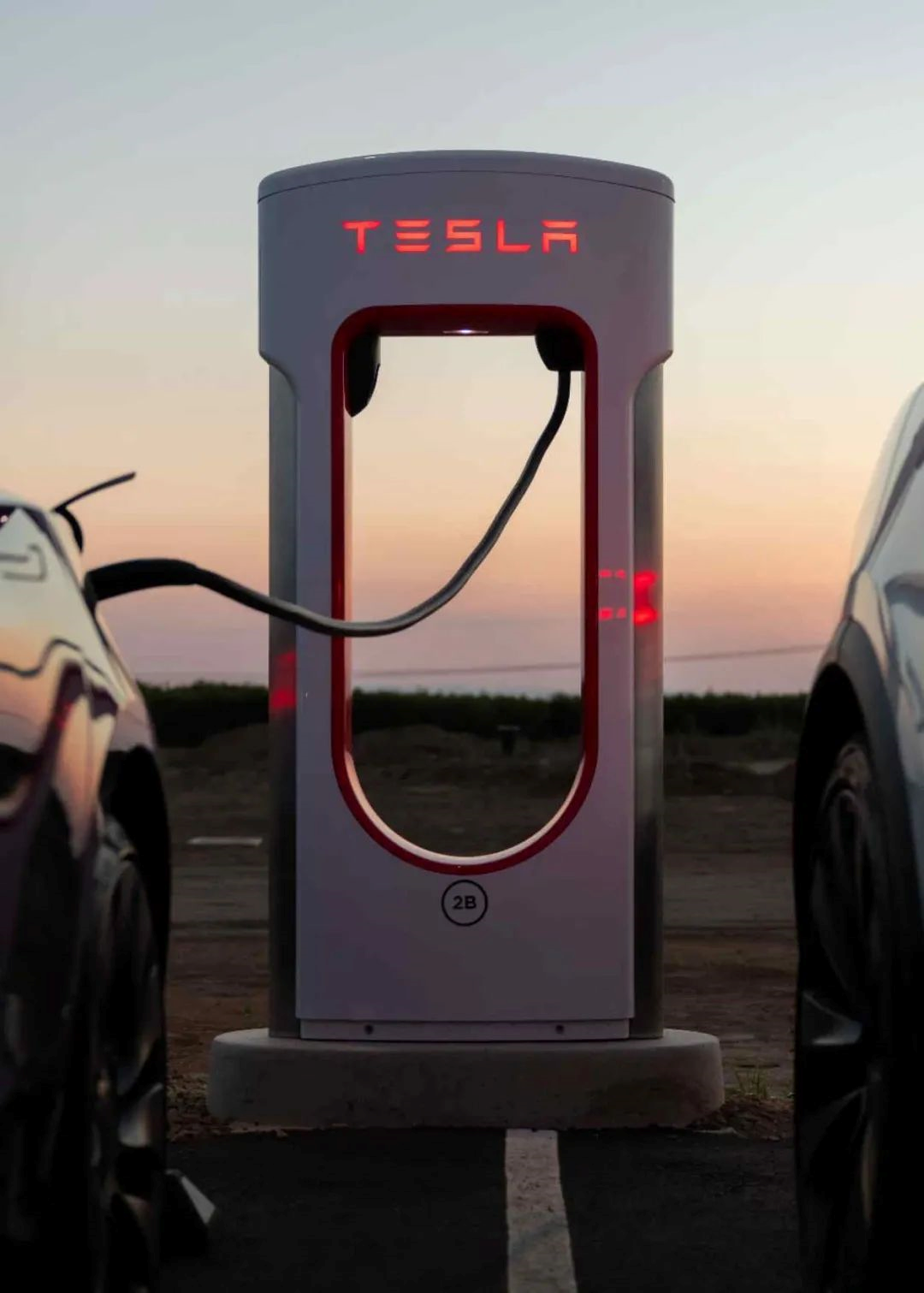
In addition to producing new cars, the value of stock models is still important.
Tesla specifically emphasizes that the batteries they produce have extremely high service life, which has been verified on a large number of old models of Model S/X.
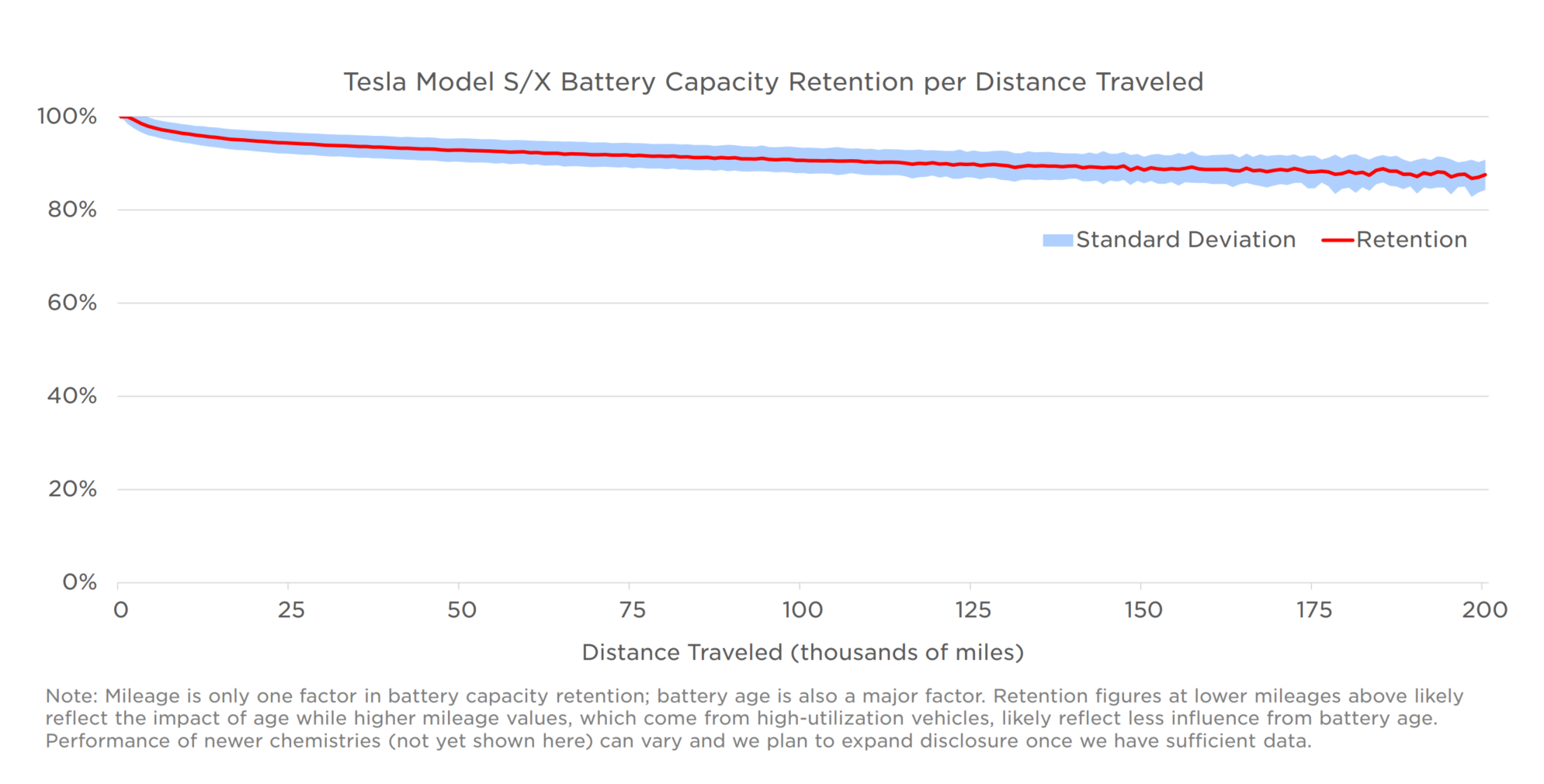
At the same time, they believe that the upcoming Semi Truck is an important emission reduction measure. Although trucks only account for 1.1% of the US vehicle inventory, their energy consumption accounts for 17.9%, and the electrification of heavy trucks has a greater impact on reducing carbon emissions.
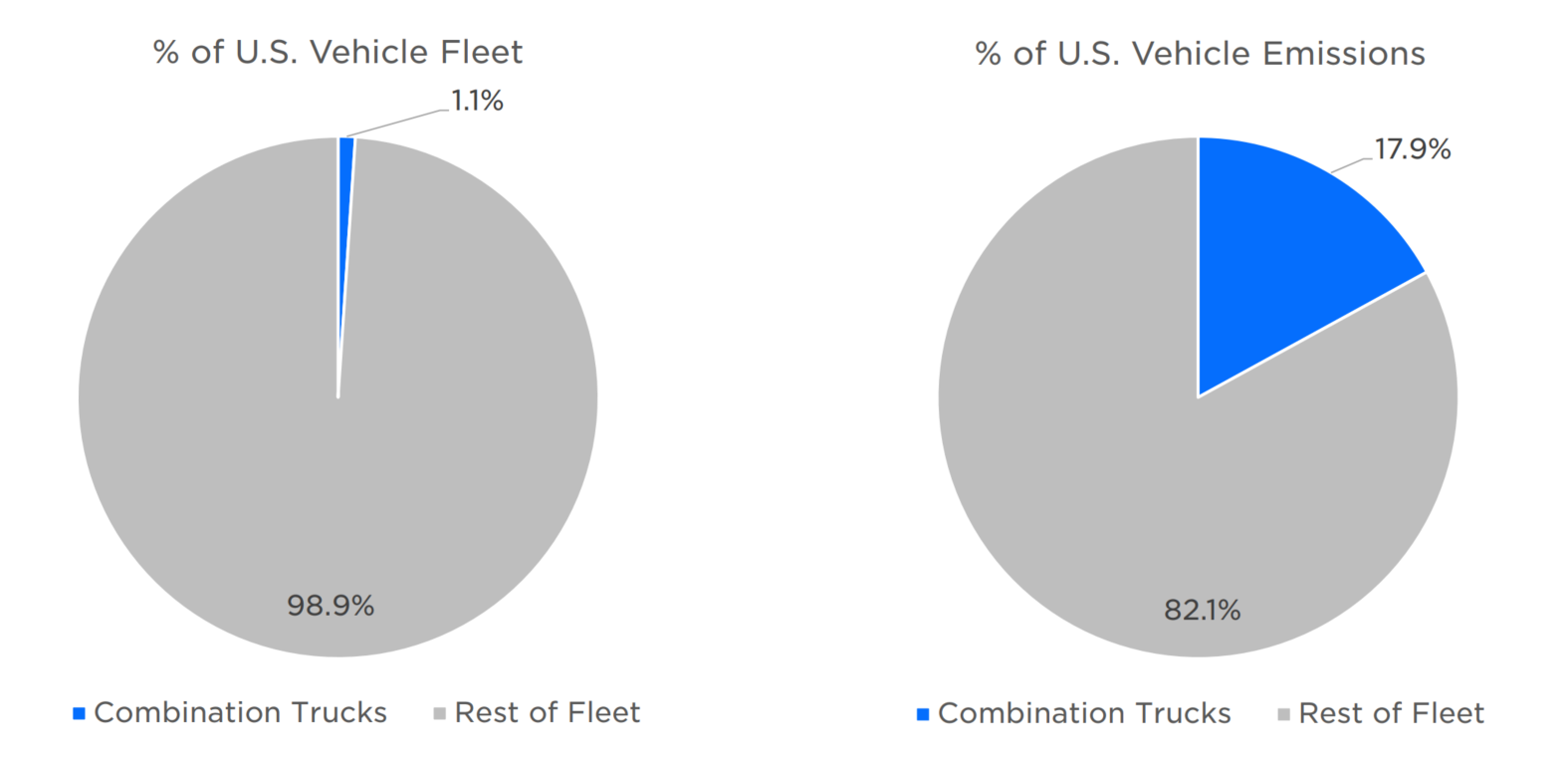
When fully loaded, Tesla Semi should be able to achieve a range of more than 800 kilometers through aerodynamics and efficient motors. This truck will be able to achieve an energy consumption efficiency of 8kWh/100km.
Even Tesla’s slogan for making cars has changed for the first time.
Better cars themselves can be more environmentally friendly
If you have been following Tesla’s reports for a long time, you must be familiar with a sentence: Tesla does not make slow cars.
This is a very fundamental definition of Tesla products by Musk very early on. In his opinion, driving feel and handling are the simplest means to make people have a good impression of this new thing of electric cars.
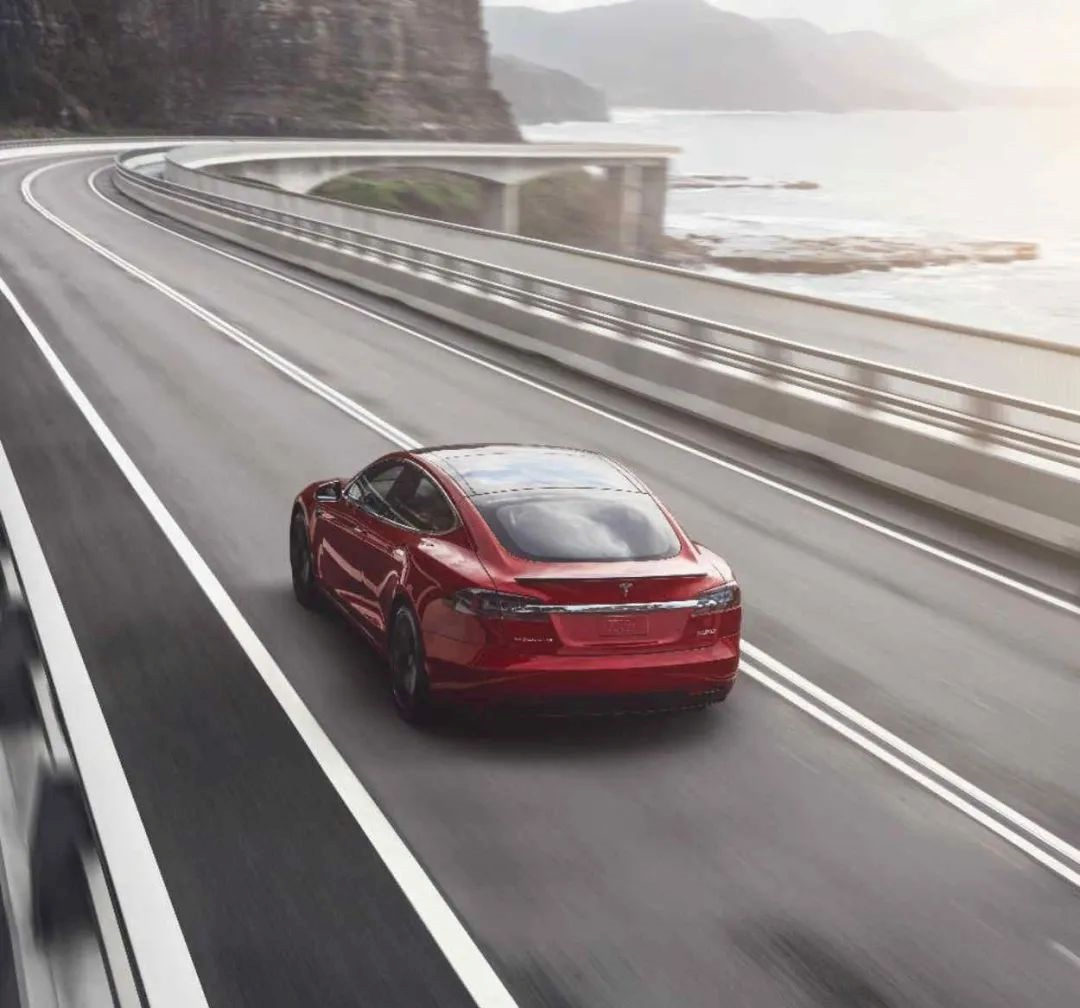 # But the 2021 Tesla Impact Report is the first official document that discusses Tesla’s ability to slow down.
# But the 2021 Tesla Impact Report is the first official document that discusses Tesla’s ability to slow down.
This car is Tesla’s Robotaxi.
The report states that Robotaxi will focus on energy consumption as the most important factor because it greatly helps to improve the operating time and cost of the vehicle, and controls, acceleration, and top speed are relatively unimportant.
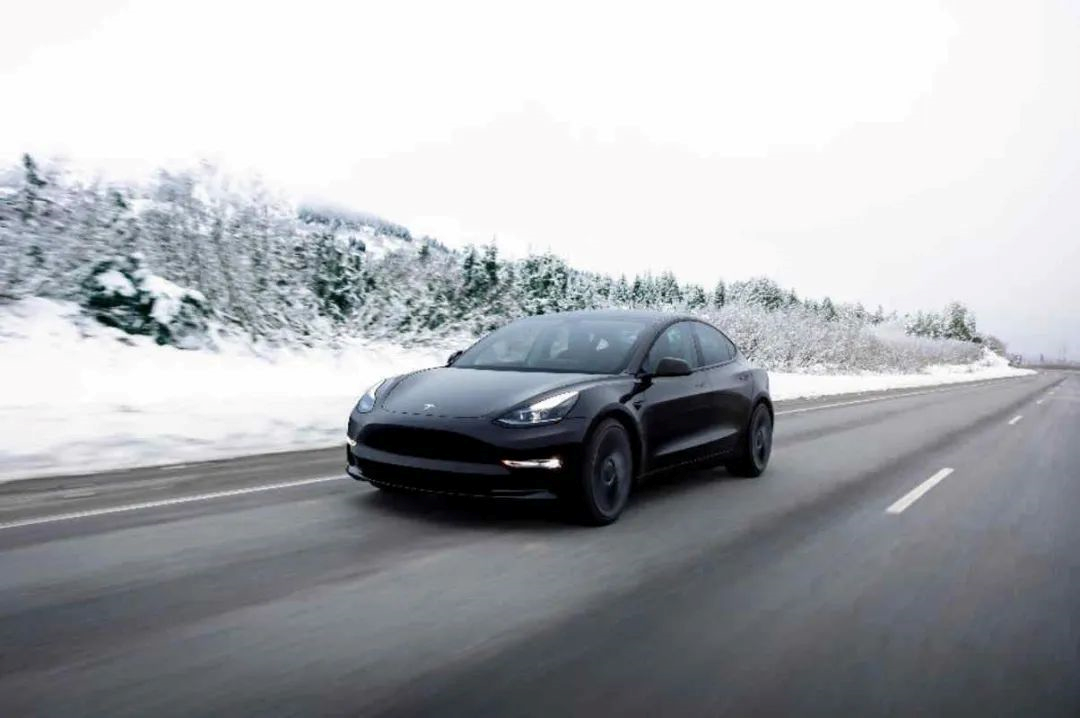
As seen, environmental protection can make Tesla willing to add an extra item to its car-making mission.
And if you think Robotaxi is too far away from ordinary people, what is said below will be very familiar to you.
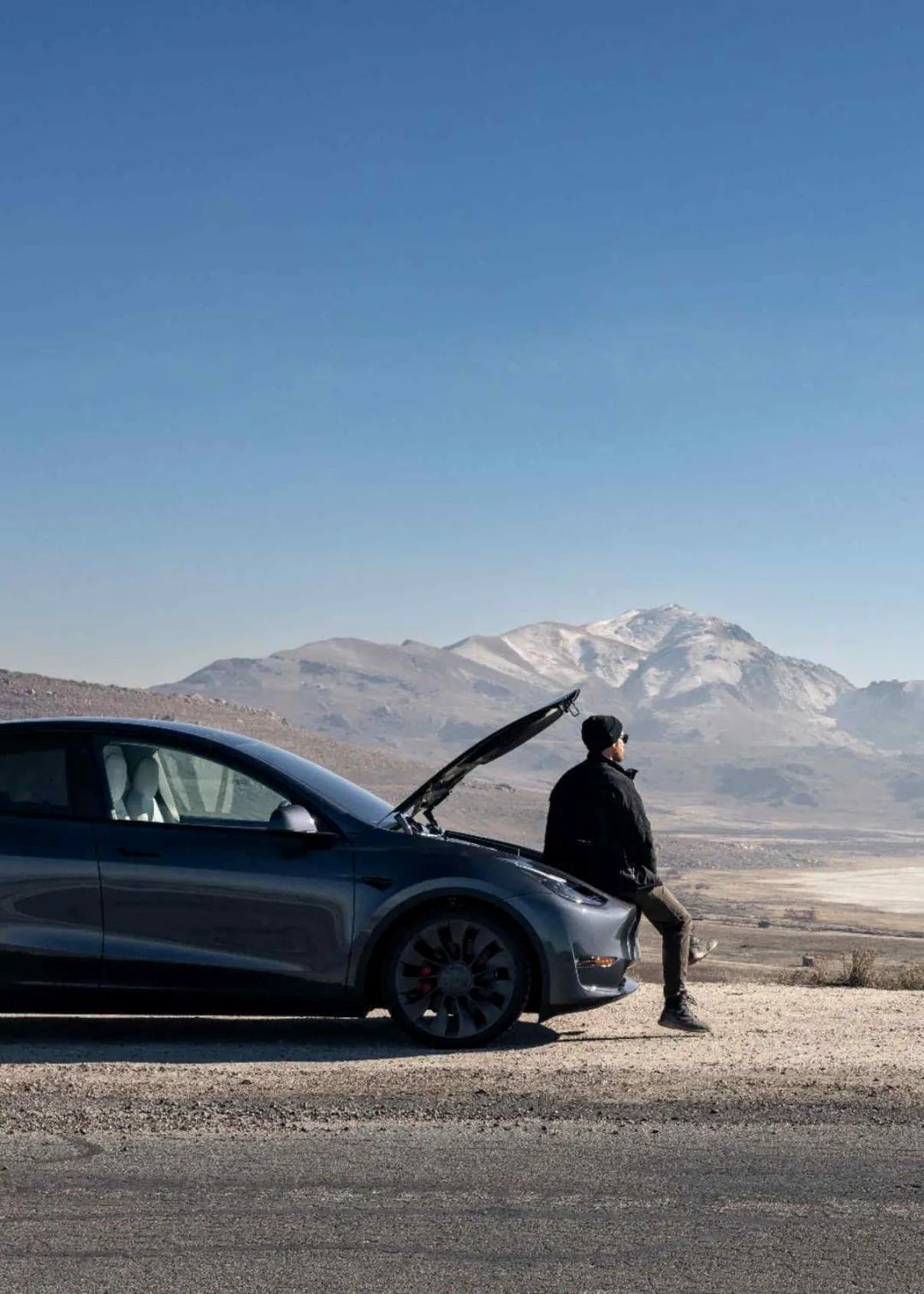
In fact, Tesla believes that the smaller the difference between the cost of an electric vehicle and that of a gasoline vehicle, the better, because people will be more easily accept it, buy it and use it in the long term.
The following table compares the entry-level prices of the Model 3 and the entry-level models of BBA’s current hot models, although slightly higher, but basically the same. This makes it easier for users to shift their goals from gasoline cars to electric cars.
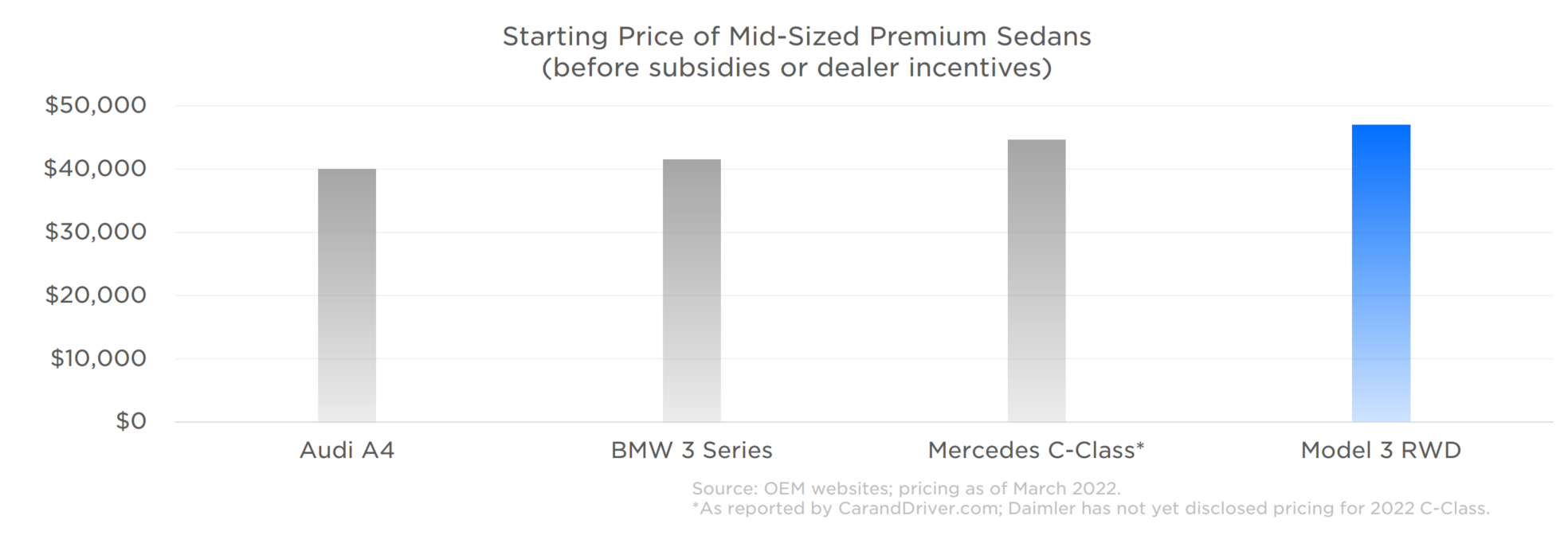
Tesla specifically states that the Model 3 is the first electric car product in the world and in history that has price competitiveness with competing fuel vehicles, while many other brands’ electric cars are more expensive than their fuel vehicles by $10,000.
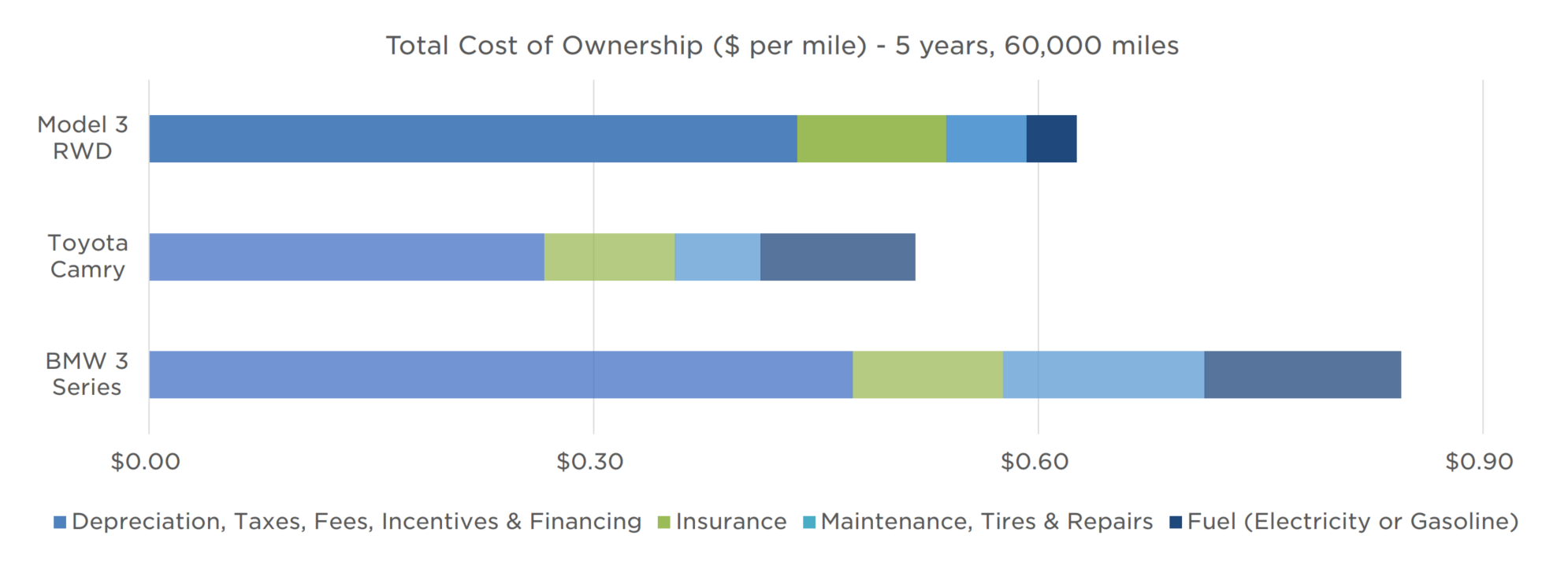
If the life cycle is put at 5 years and about 100,000 kilometers, the Model 3’s usage cost is lower than that of luxury cars of the same level, and is more close to high cost-effective models such as Camry, which is another factor that attracts users to electric cars.
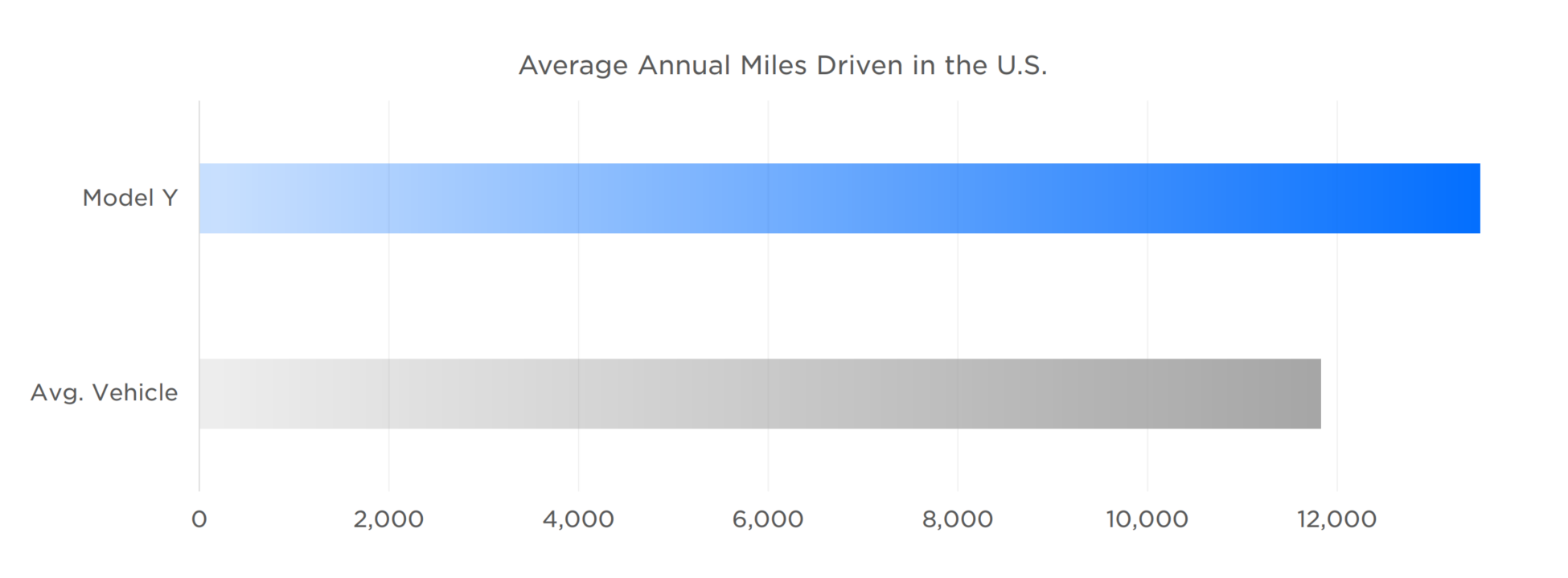
Lower costs, along with longer range, have led the vast majority of Tesla users to use it as their main car, with an average driving distance even exceeding their gasoline cars. This translates to lower carbon emissions.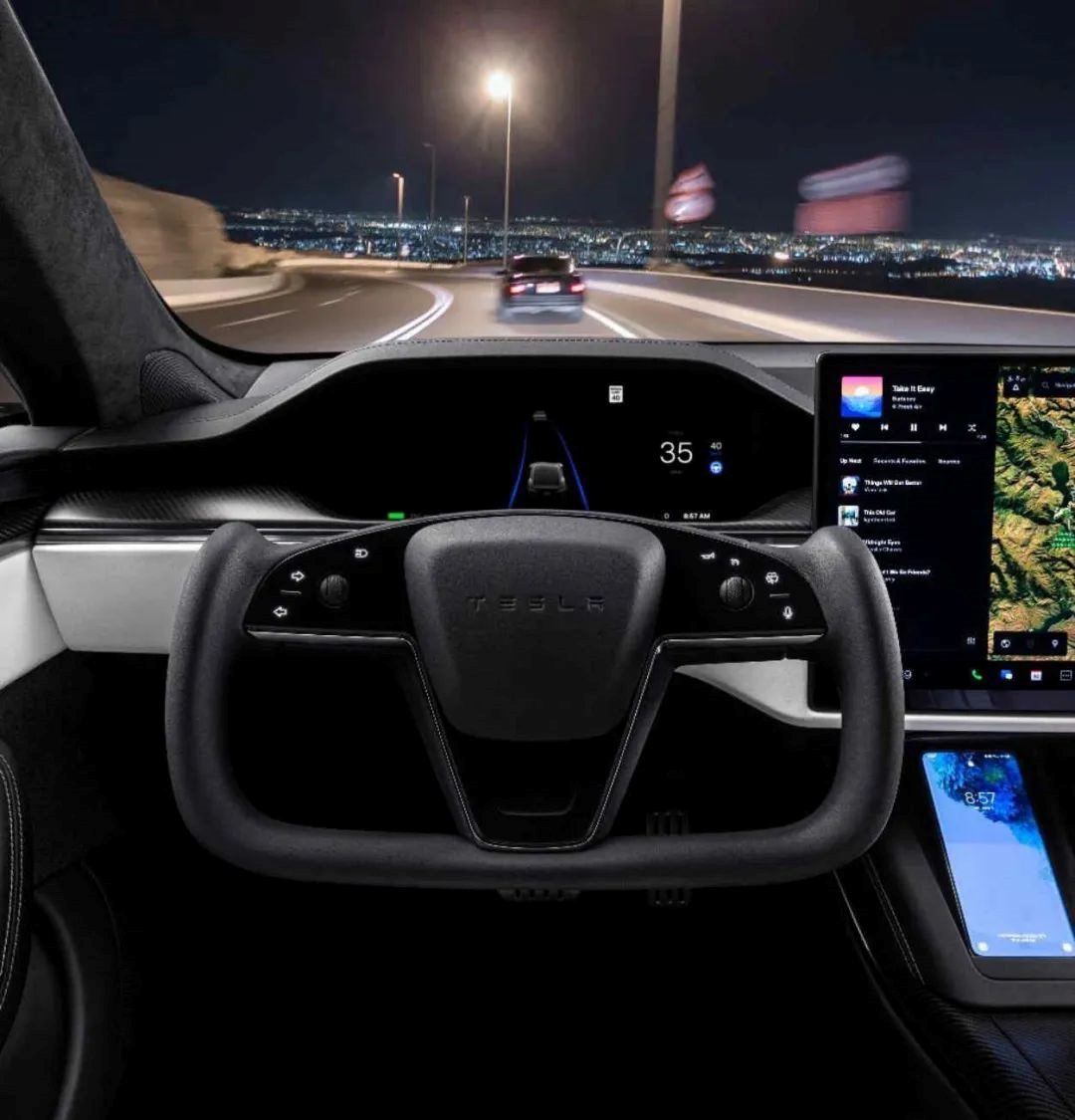
Tesla has also mentioned that continuous software upgrades are also one of the important competitive advantages that make each Tesla better.
For example, after introducing Tesla Vision (a pure visual system without radar), the active safety ratings of all Tesla models in IIHS have improved. The pedestrian AEB performance of Tesla Vision is more than 45% better than that of visual + radar.
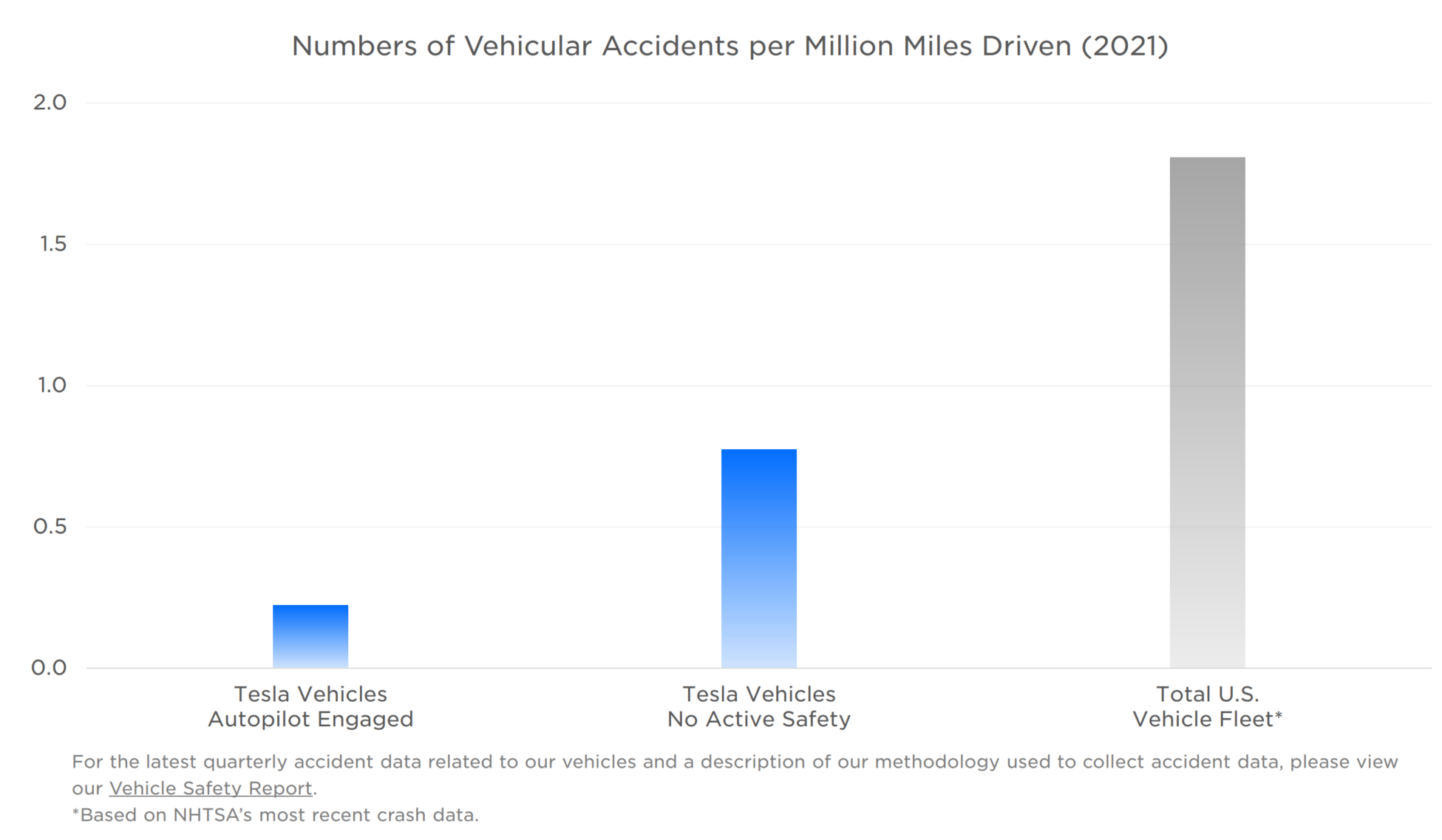
With the help of Autopilot, the accident rate of Tesla vehicles in the assisted driving state is only about one-eighth of the US average, and Musk is confident that this level will quickly drop to around one-tenth.
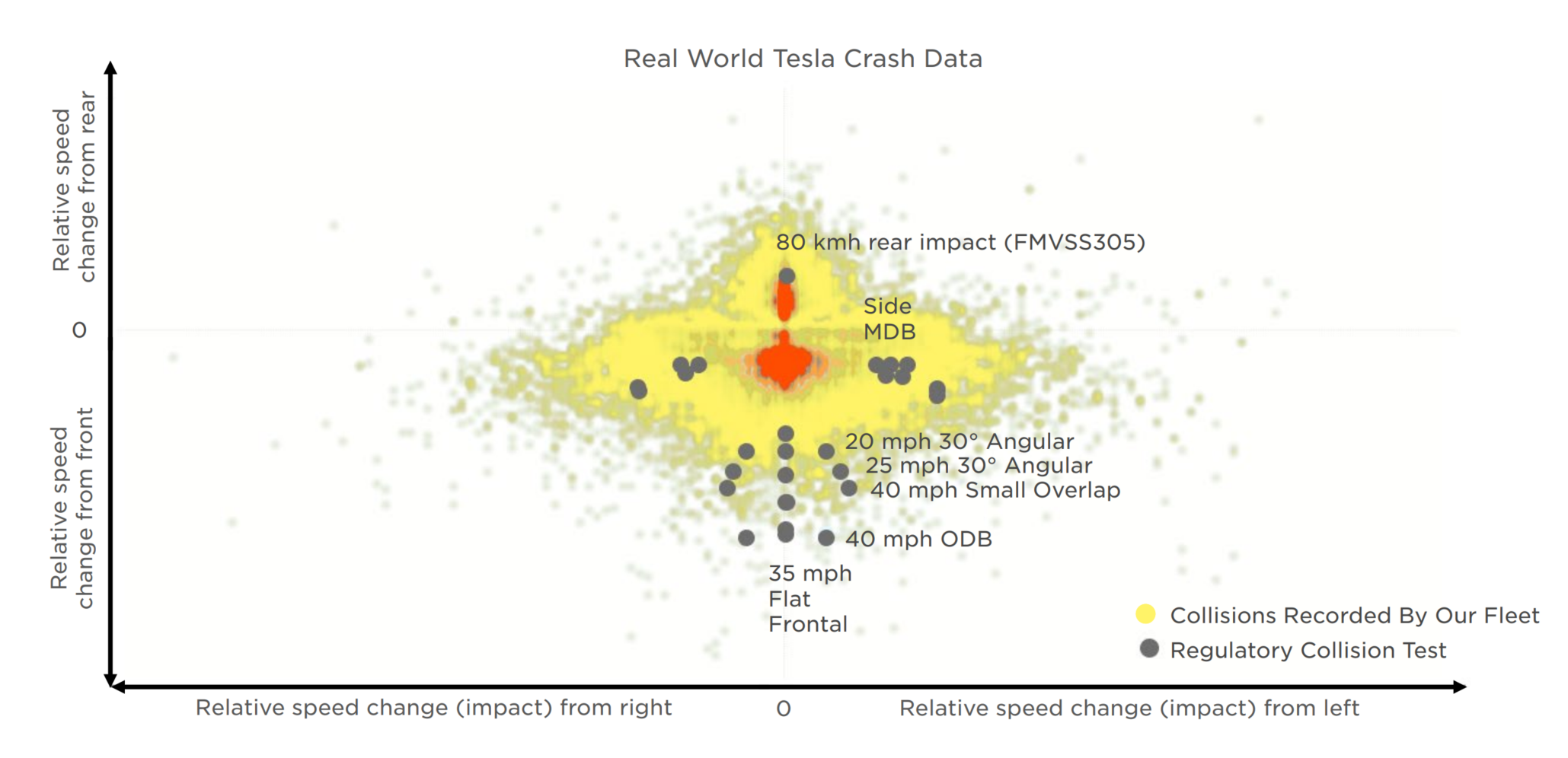
In the impact report, Tesla used two pages to talk about the importance of using real-world data to revise algorithms to improve the overall safety of vehicles. Data from 2 million Tesla vehicles on sale can make algorithms more realistic and comprehensive, further reducing the occurrence of accidents.

Of course, Tesla hasn’t forgotten to clarify the topic of spontaneous combustion. The data shows that the probability of spontaneous combustion for all US cars is eleven times that of Tesla.
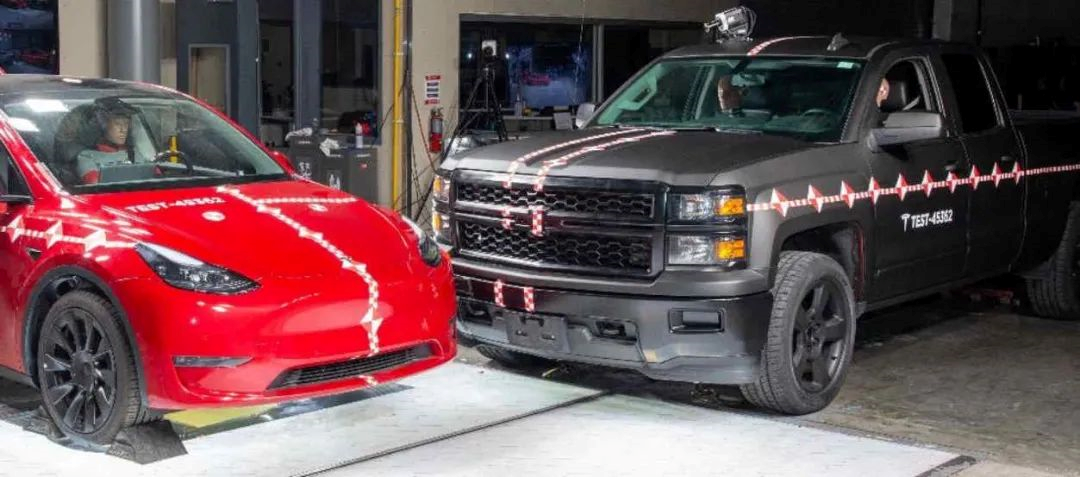
Recycling every Tesla
A topic that has been talked about a lot is how to calculate pollution after electric vehicles are scrapped.
Tesla’s answer is that we strive to prevent any battery from becoming pollution.
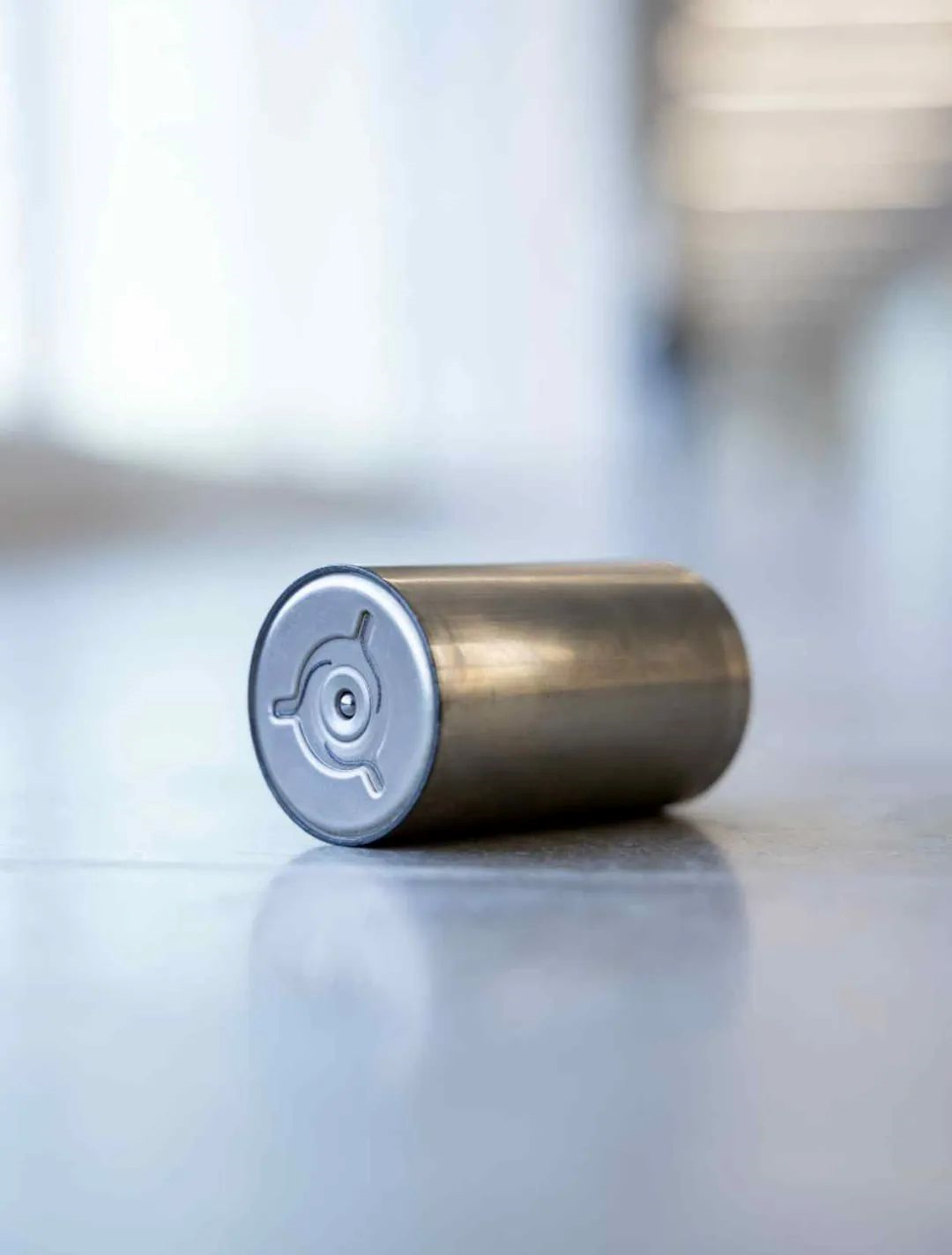
In fact, when the service life is over, Tesla will recycle the battery pack to manufacture new batteries.
Previously, none of the scrapped lithium batteries from Tesla entered landfills, 100% were recycled. Tesla has a mature internal ecosystem that can recycle batteries from the site to Tesla’s service center.
By the end of 2021, the facility achieved a production rate of more than 50 tons of recycled materials per week.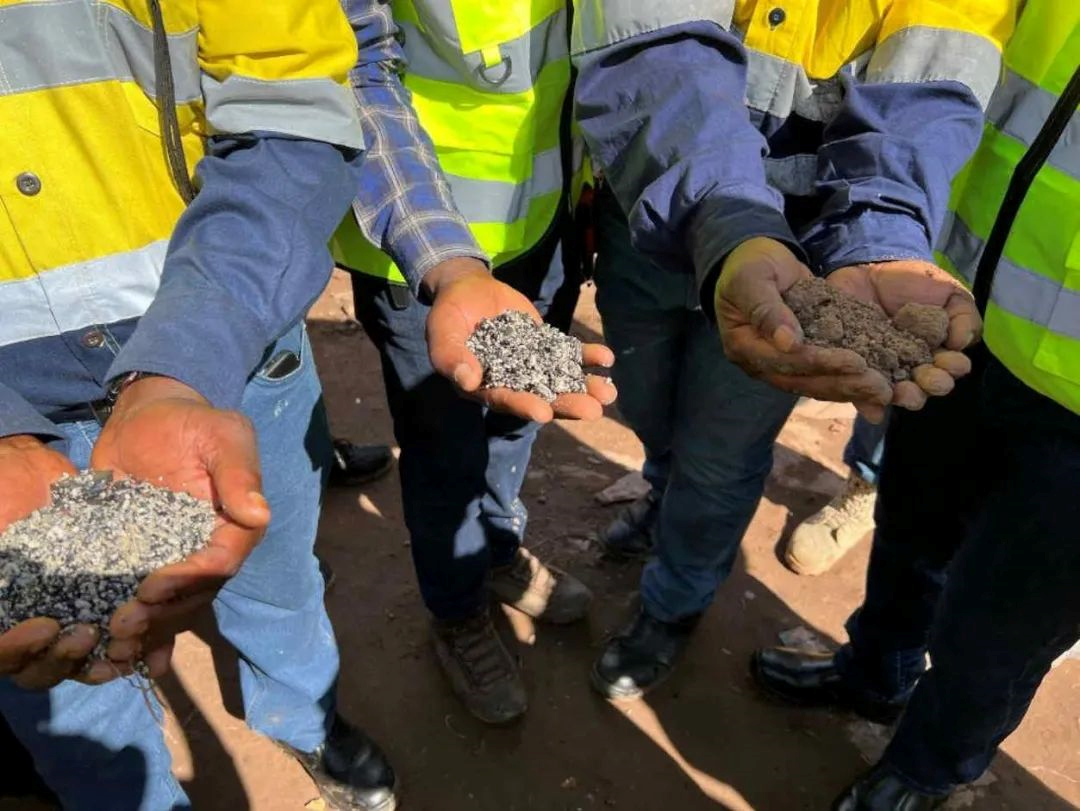
On the other hand, Tesla is striving to improve the efficiency of raw material utilization. By 2021, as much as 92% of the raw materials have been utilized in production, greatly reducing carbon emissions caused by waste in the production process.
Even the use of different types of batteries has environmental benefits. The strategy of using batteries with different chemical compositions also helps to avoid pressure on specific supply chains.
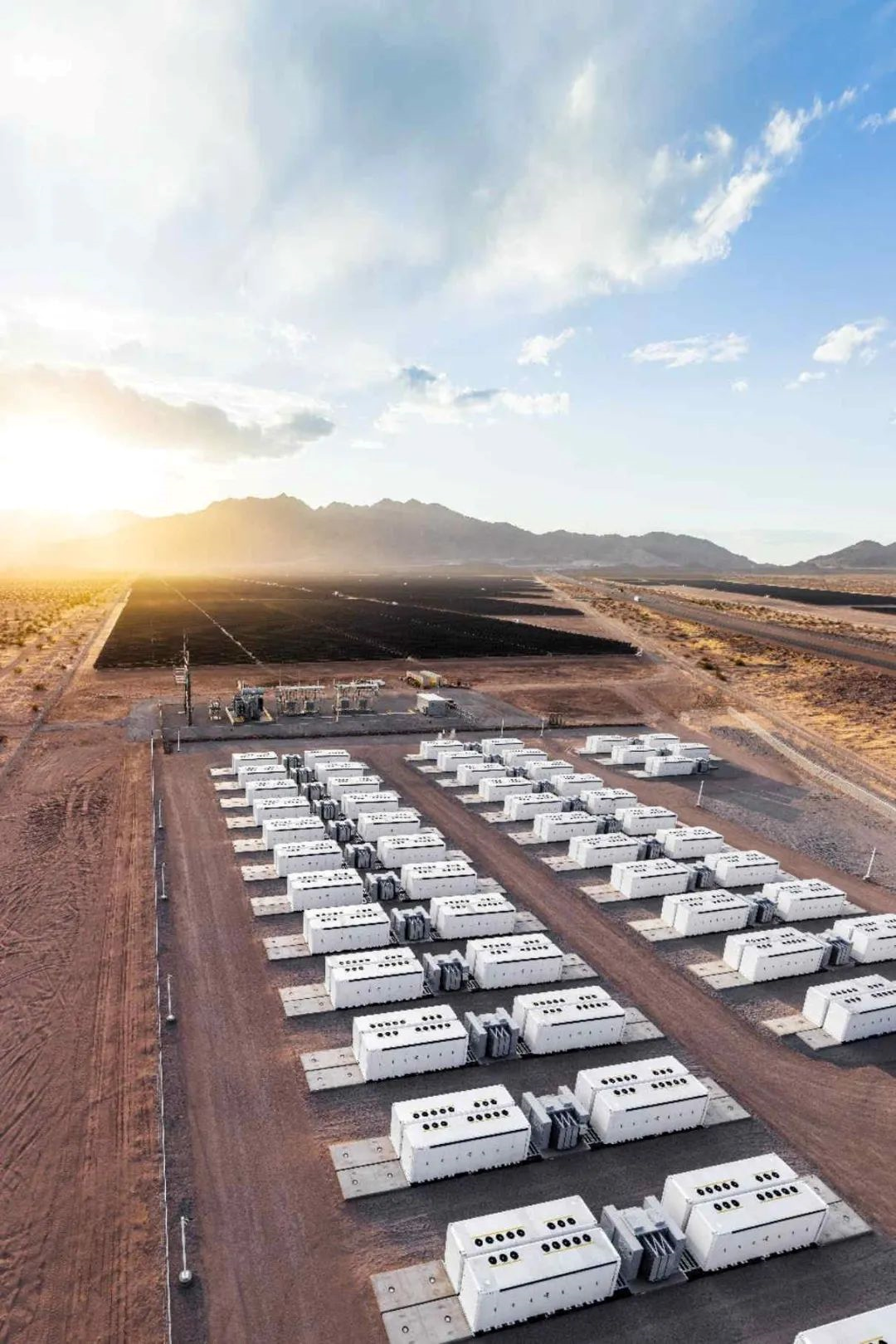
The report tells us that Tesla’s supply chain is becoming increasingly clean over time.
For this, Tesla has strict requirements for its existing suppliers, and new suppliers need to disclose details of their own supply chain. In this way, Tesla can verify the source through third-party audits and identify potential risks.
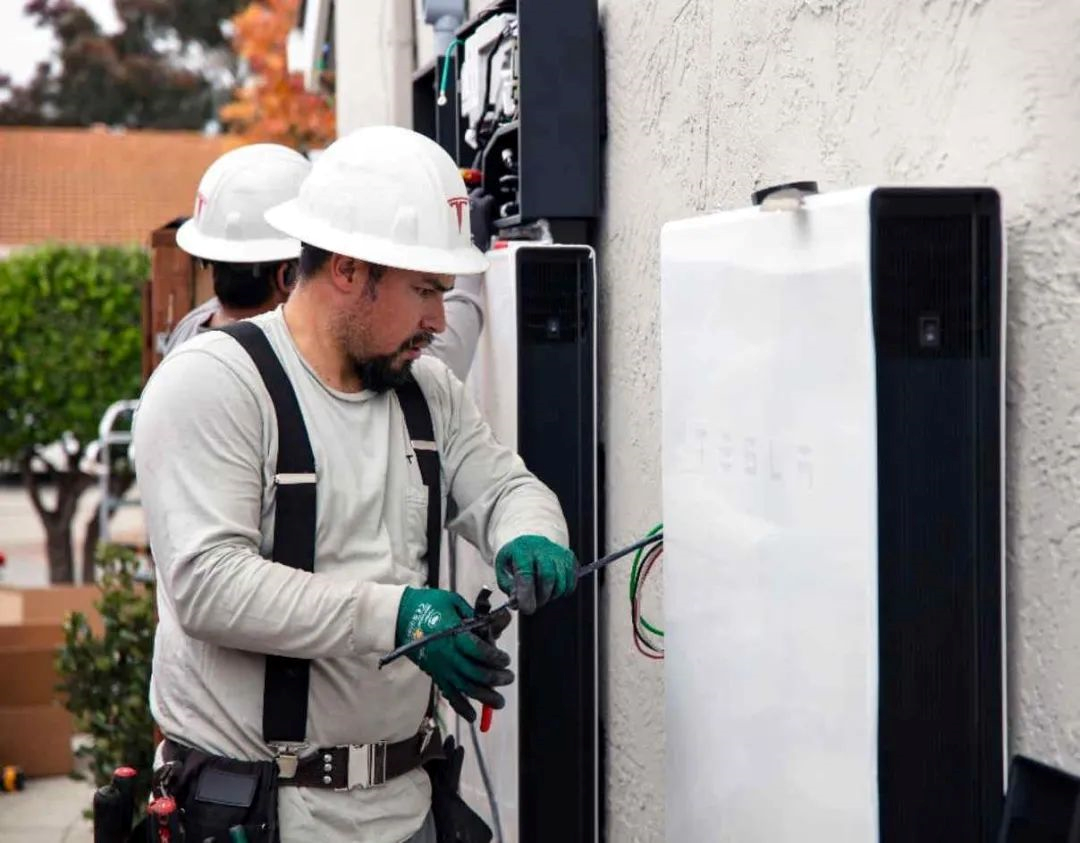
If we go back to the initial report, we can see Tesla’s grand goals set for 2030: It plans to produce 20 million electric vehicles annually and deploy 1500 GWh of energy storage by then.
These goals have been confirmed by the data in the annual impact report and have been gradually divided into organic parts such as people and culture, environmental impact, product impact, and supply chain impact.
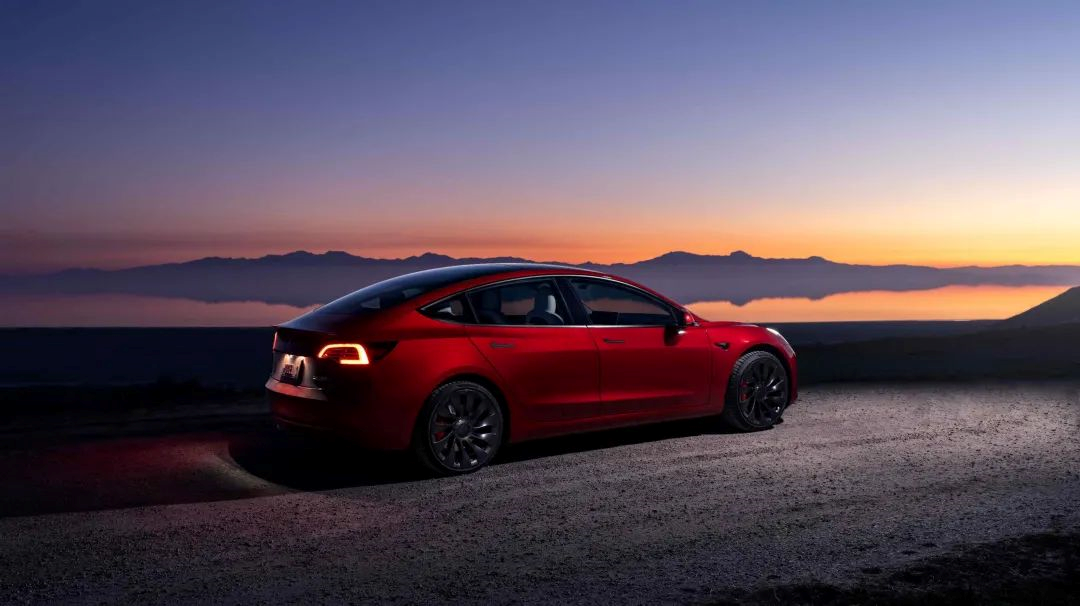
We should not simply regard them as a self-congratulatory summary, but rather as Tesla’s annual industrial thinking and even Musk’s mental rehearsal before the implementation of Master Plan 3.0.
And what we should be grateful for is that Tesla presents and shares them so comprehensively and straightforwardly without reservation.
After all, even top scholars are not afraid of plagiarism, and you never know what surprises they will bring you next year.
After all, the beginning of the entire report says: The Future is Electric.
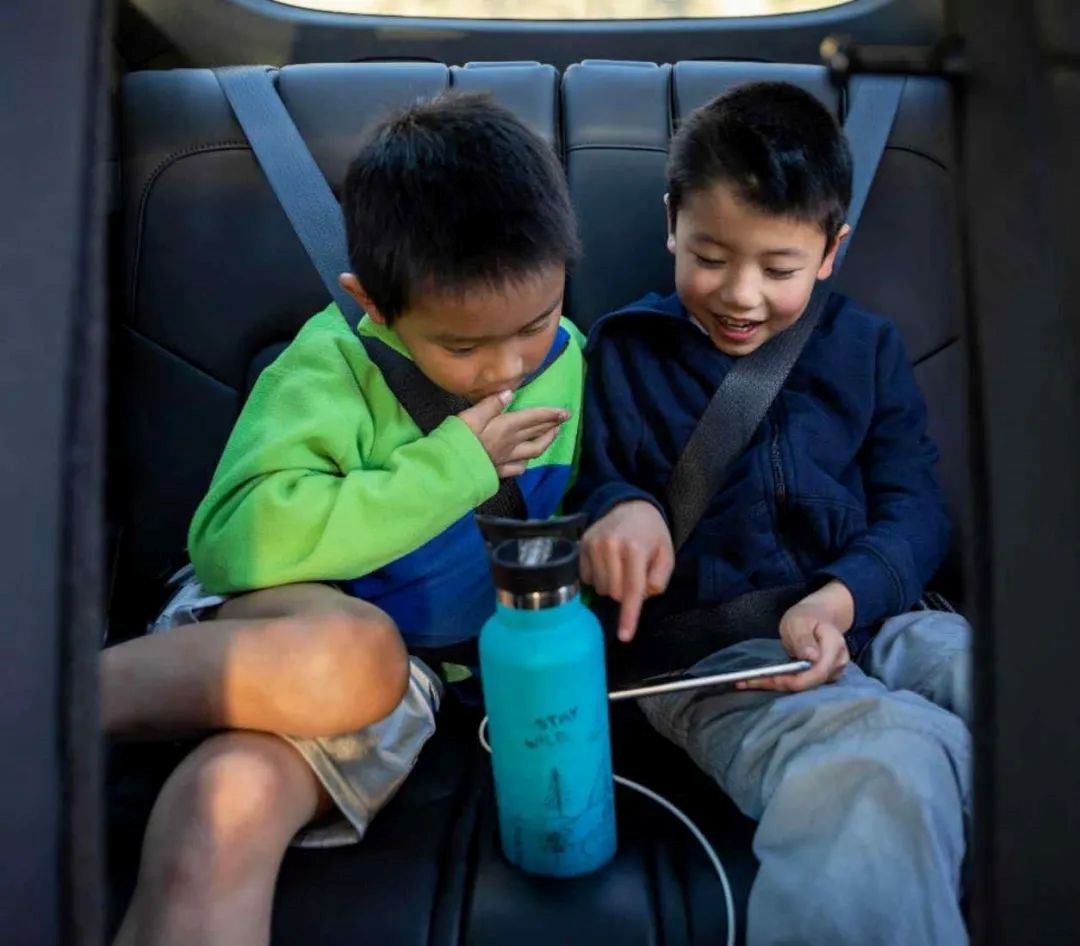
This article is a translation by ChatGPT of a Chinese report from 42HOW. If you have any questions about it, please email bd@42how.com.
